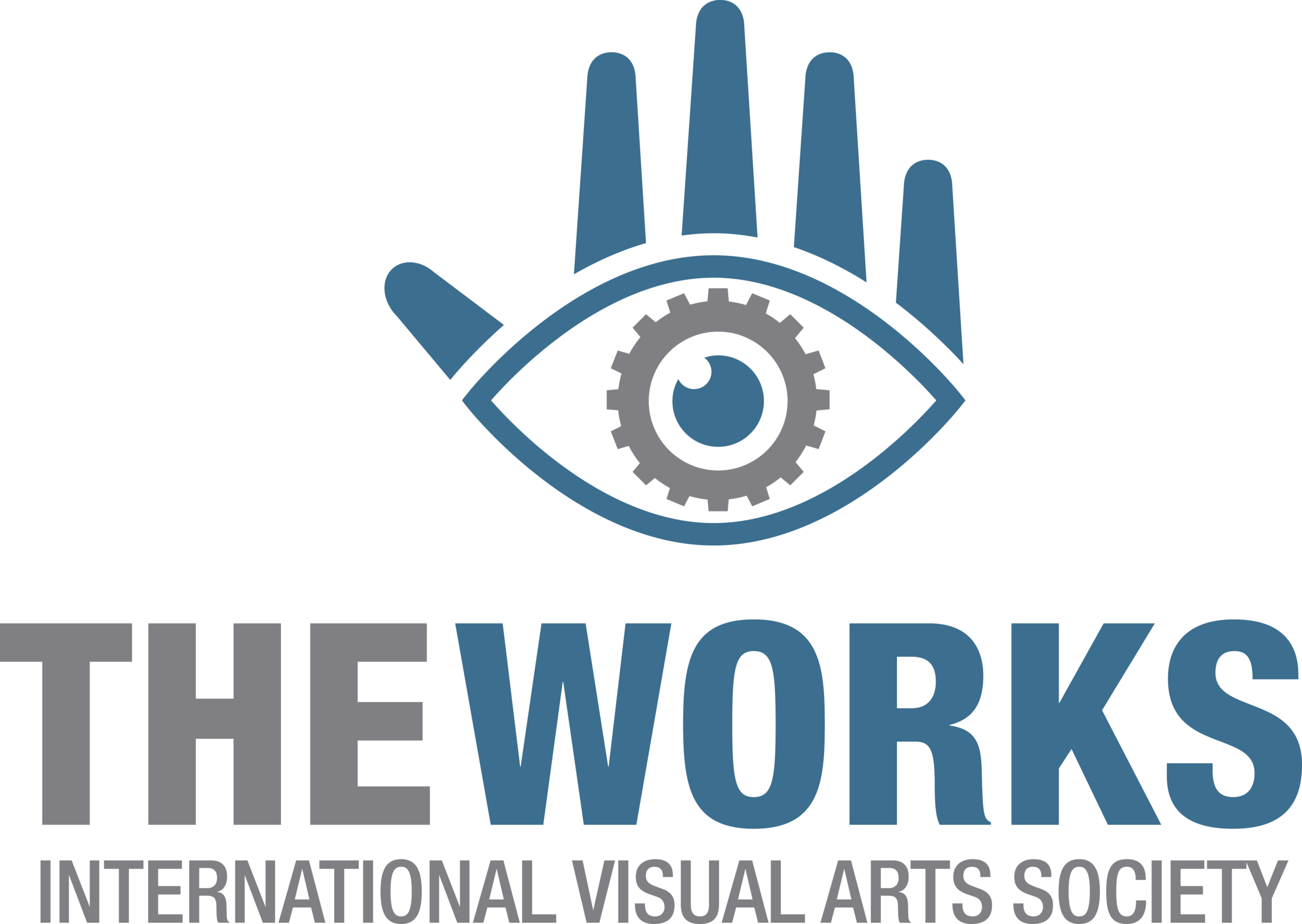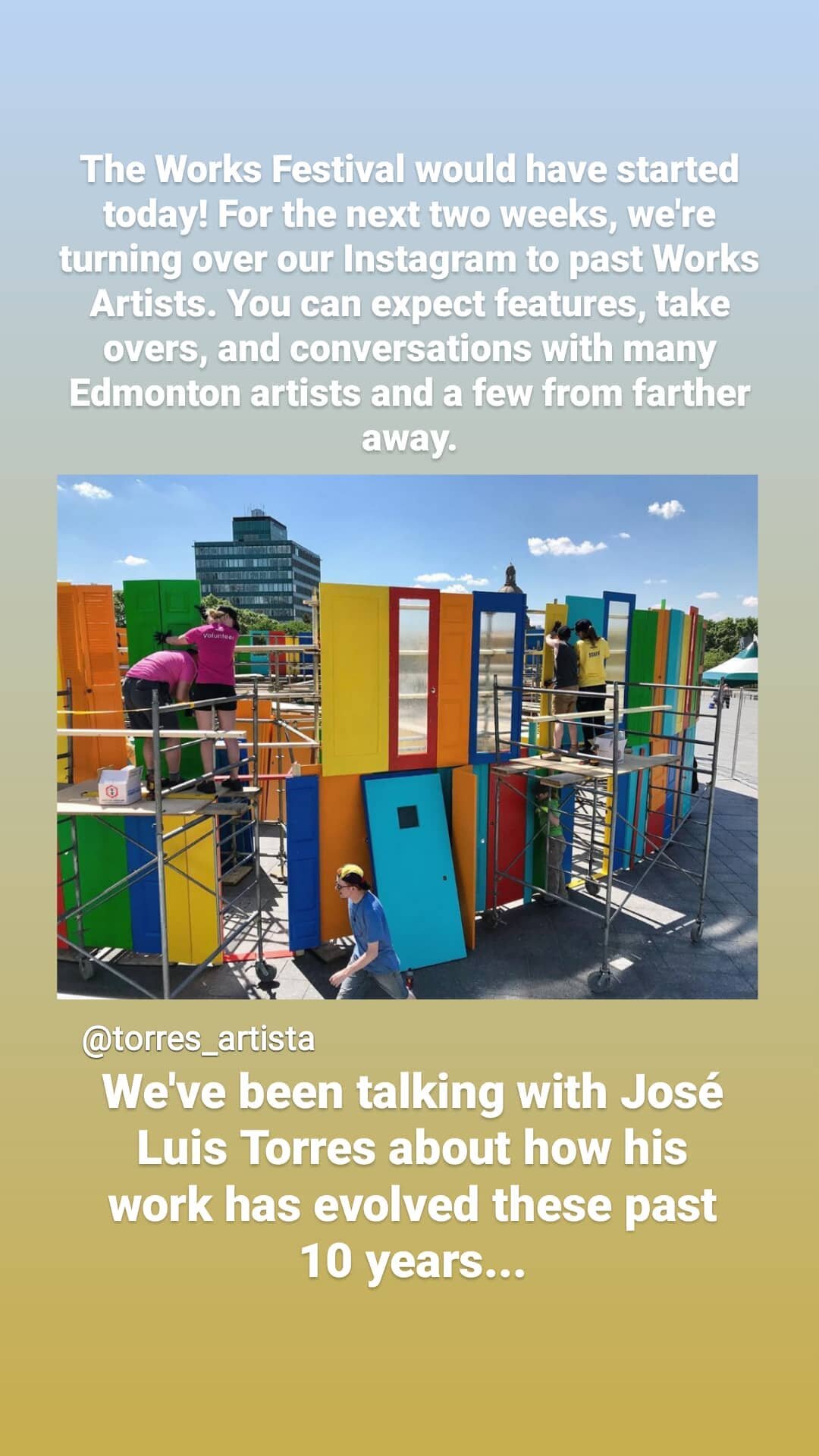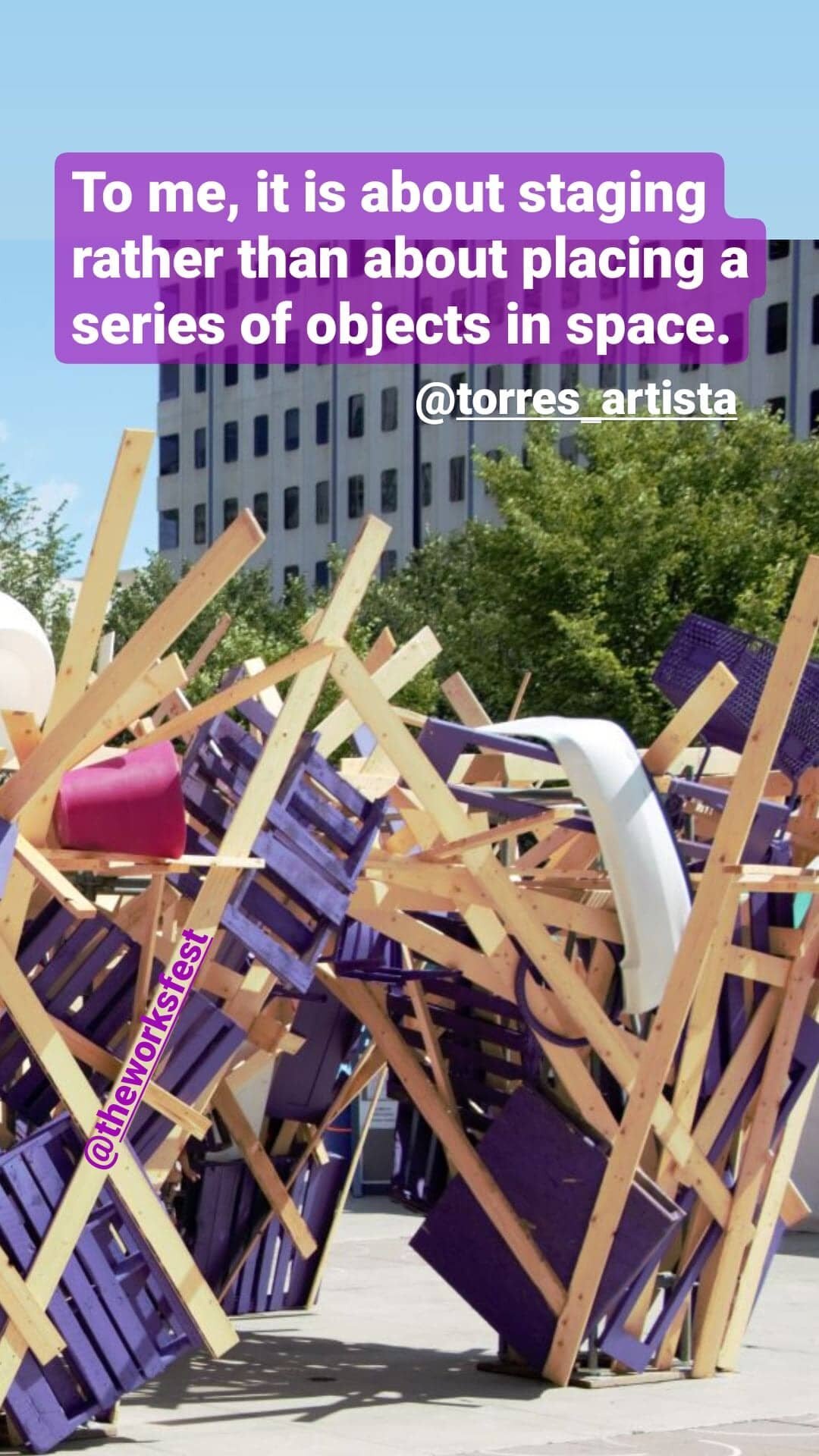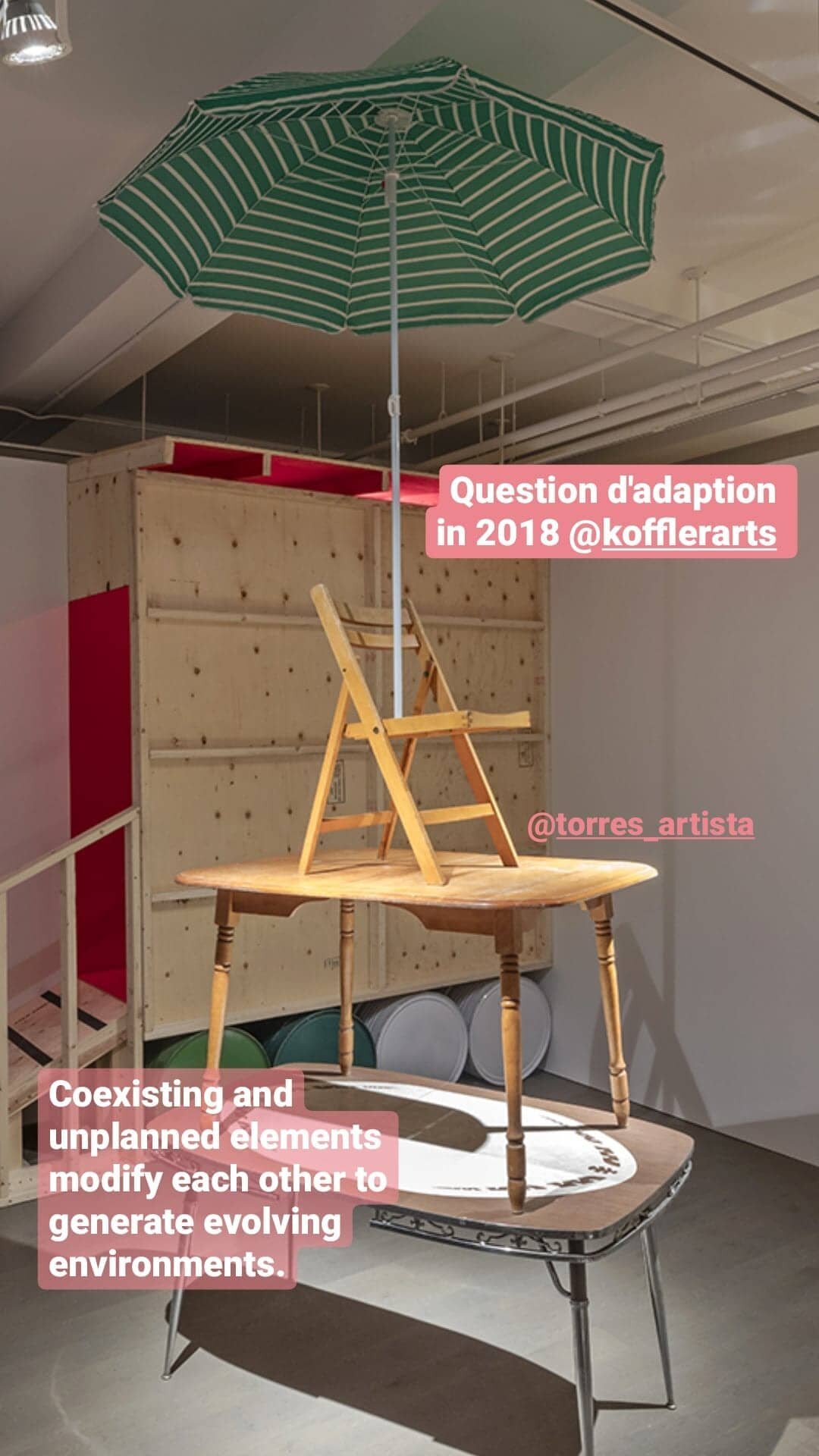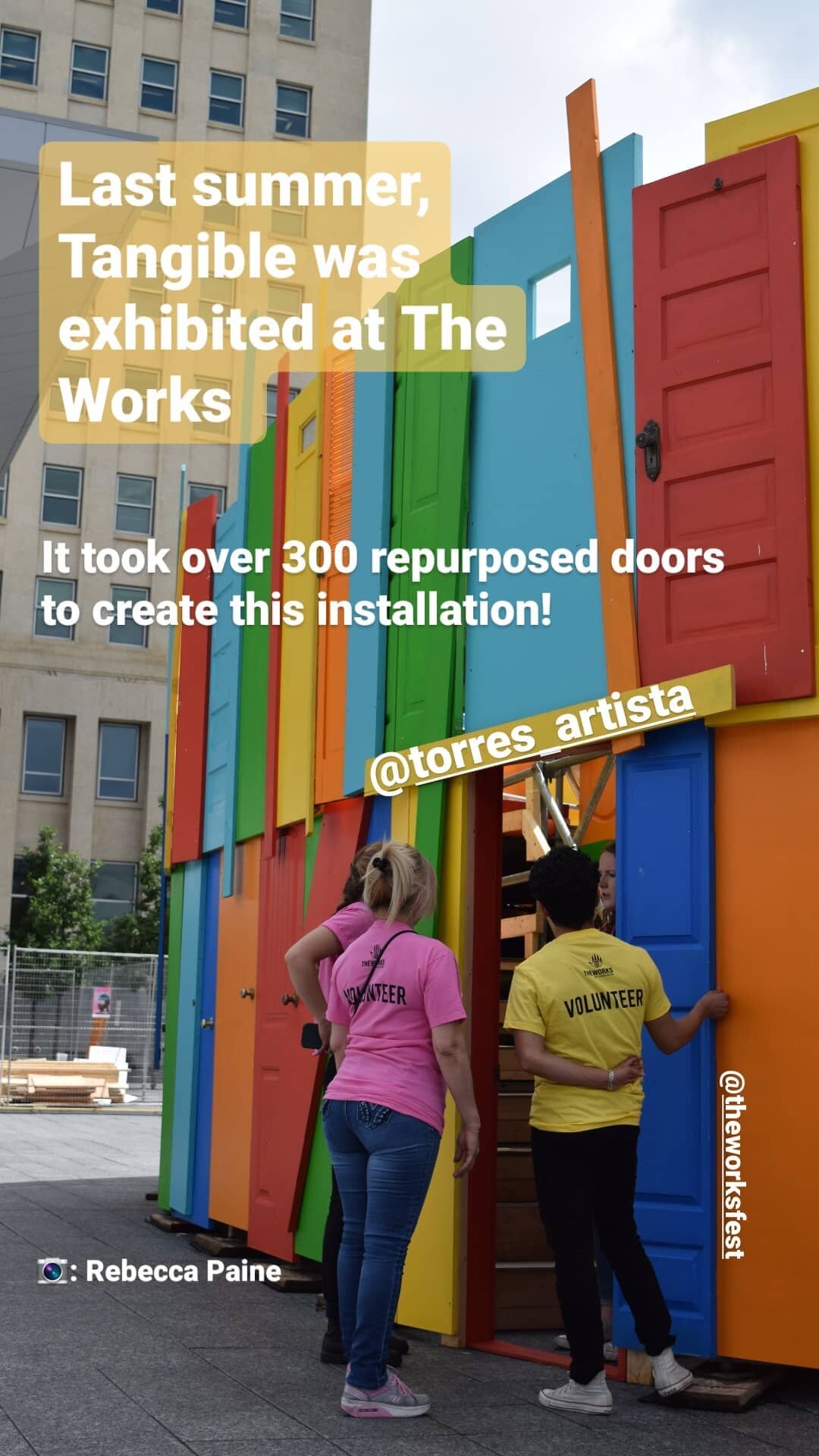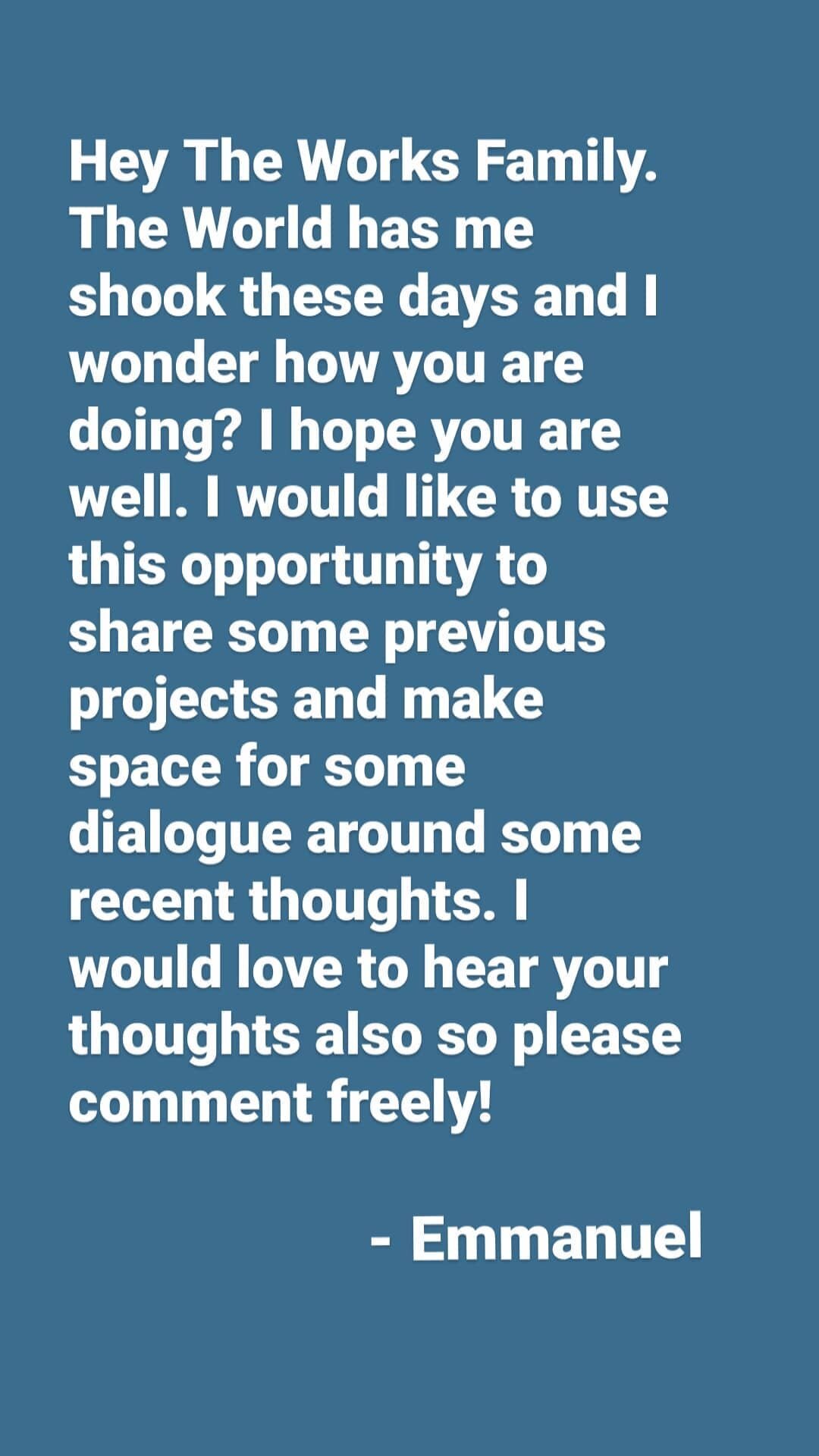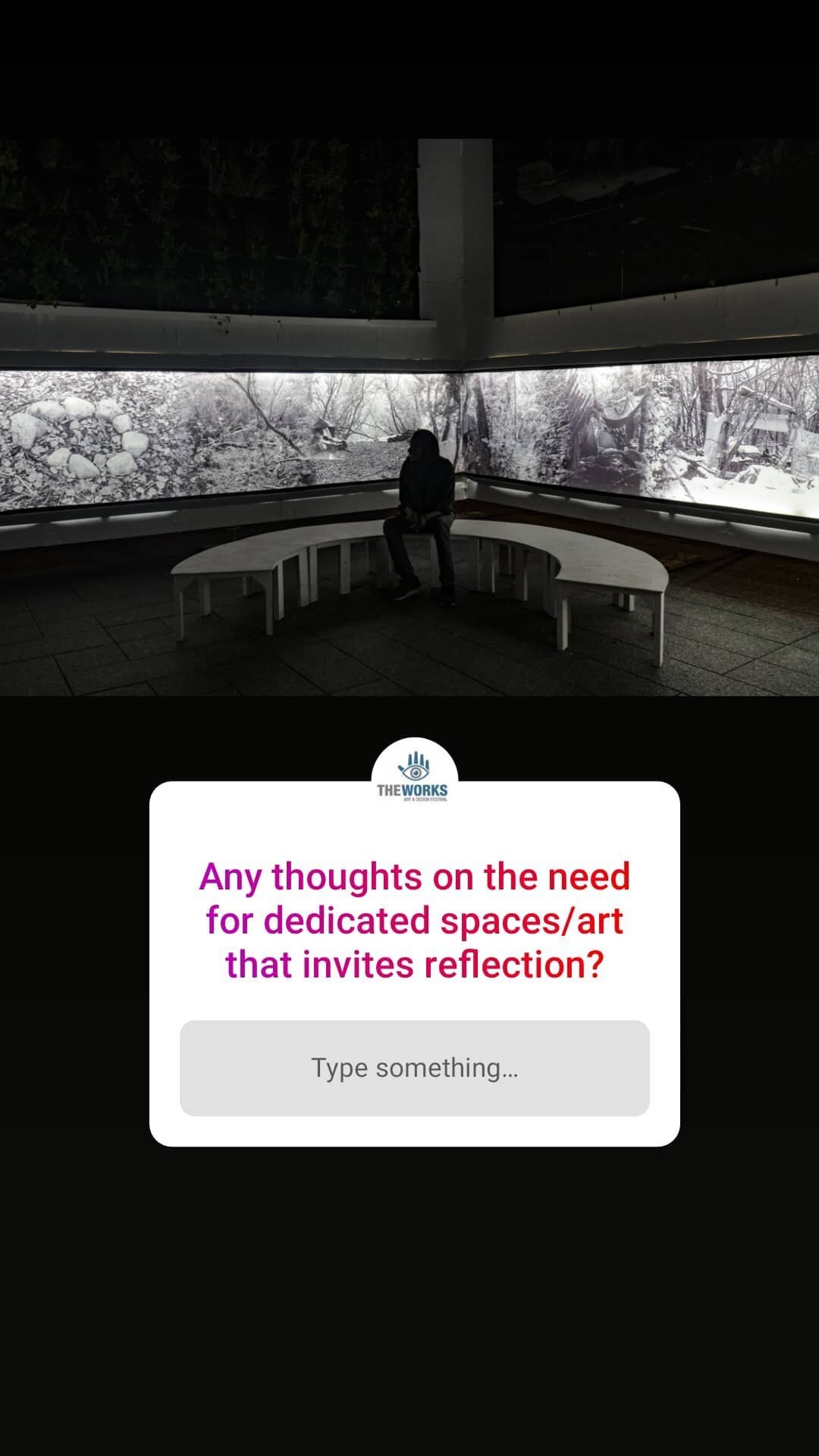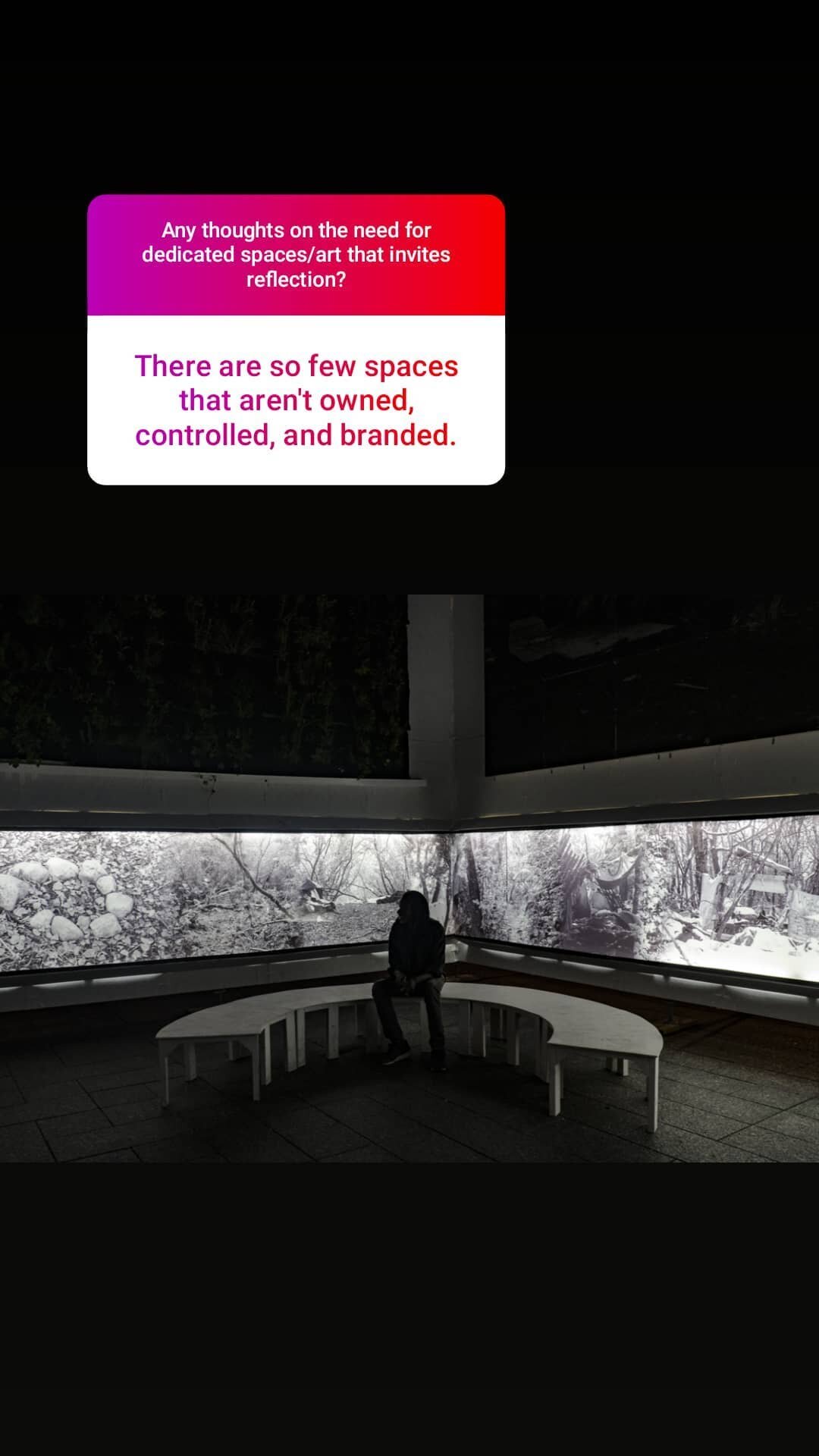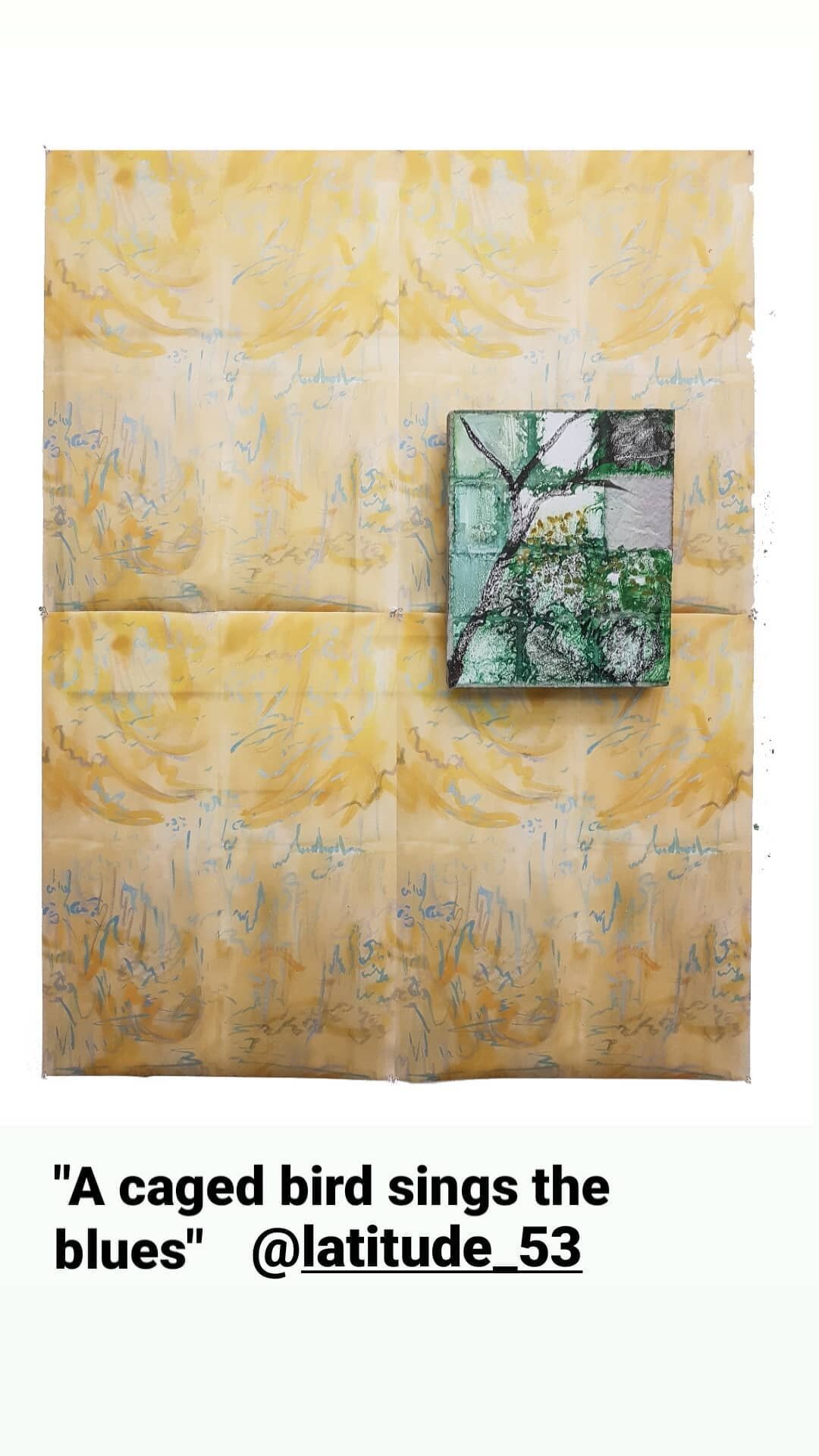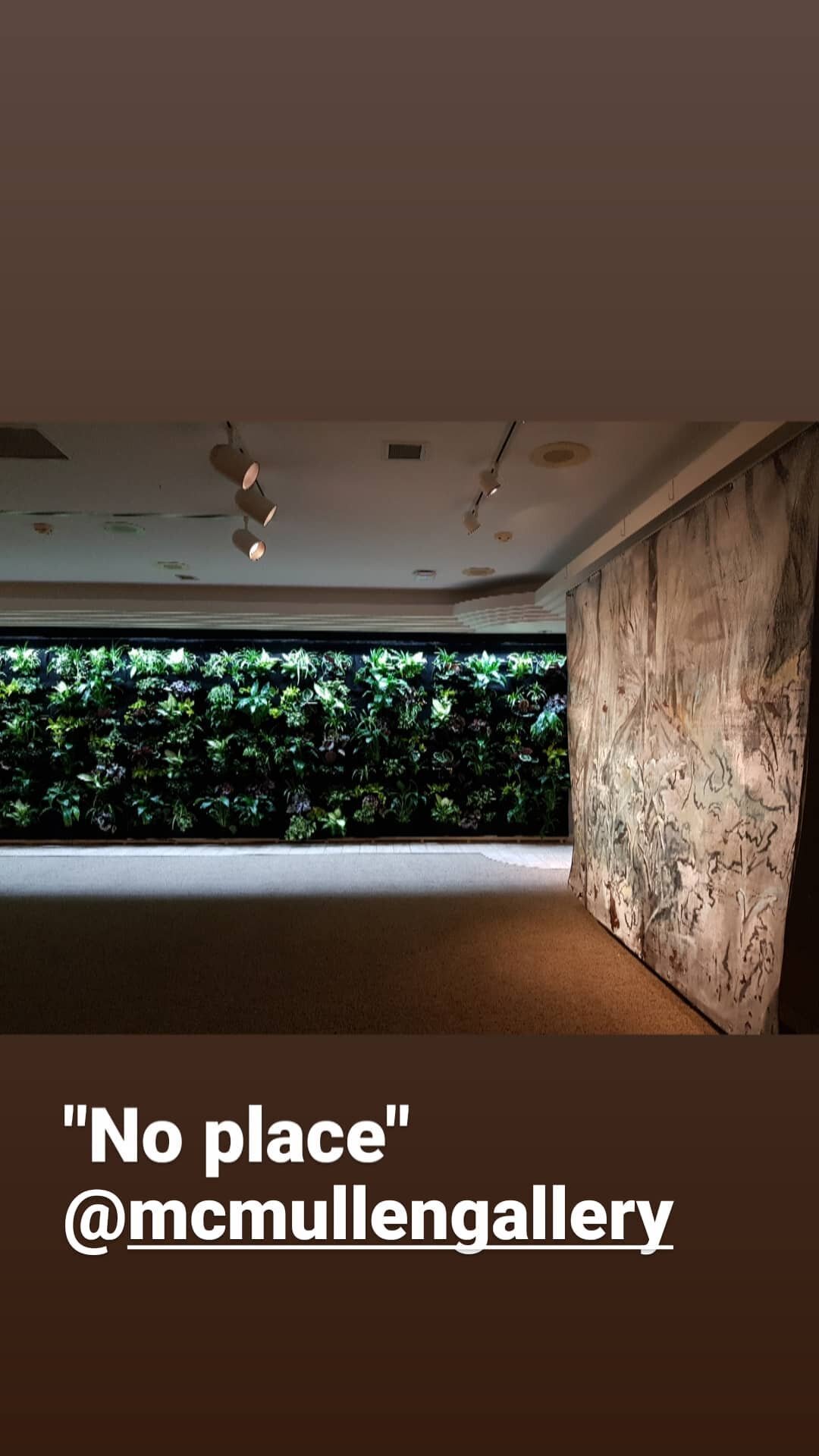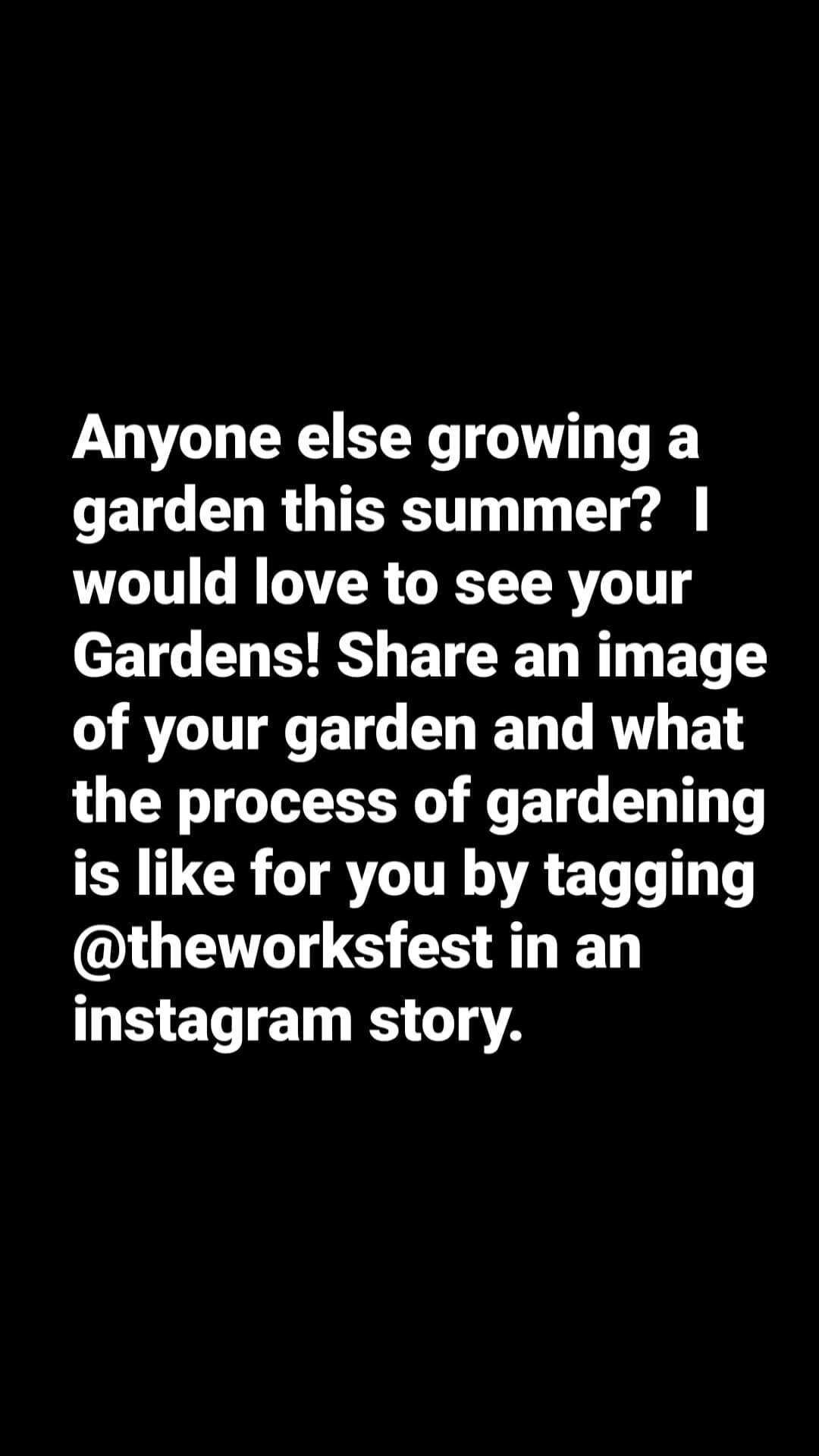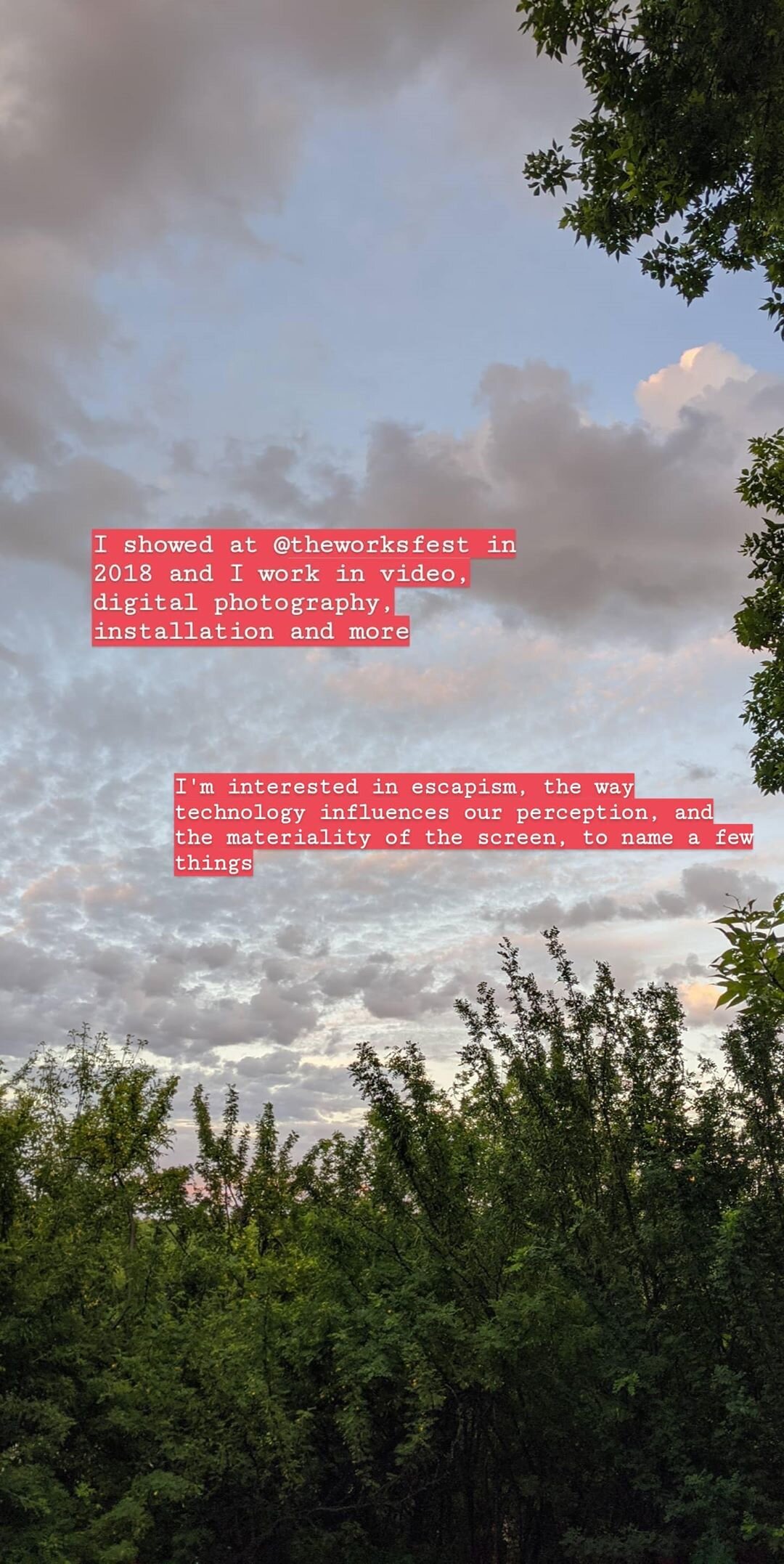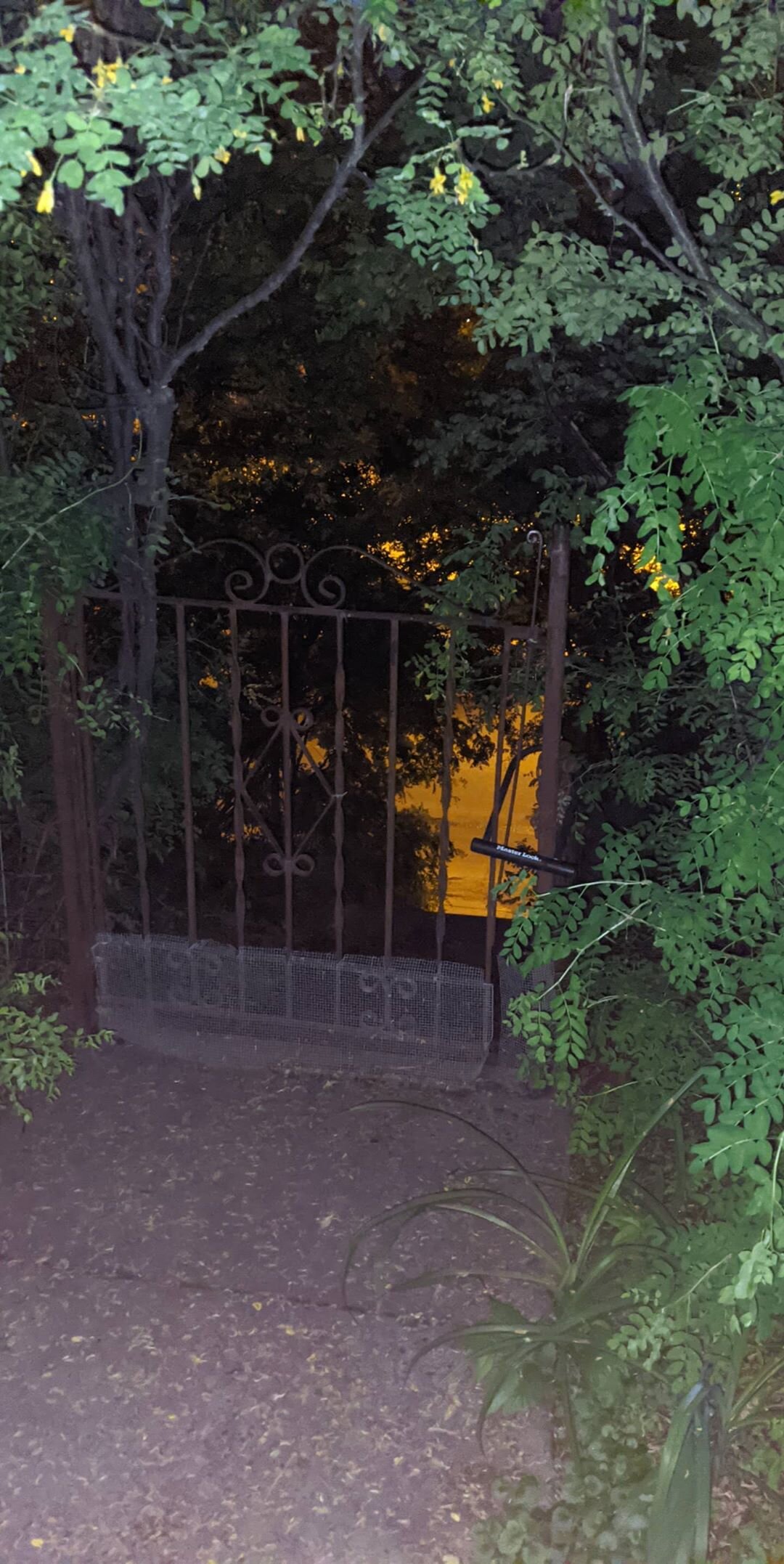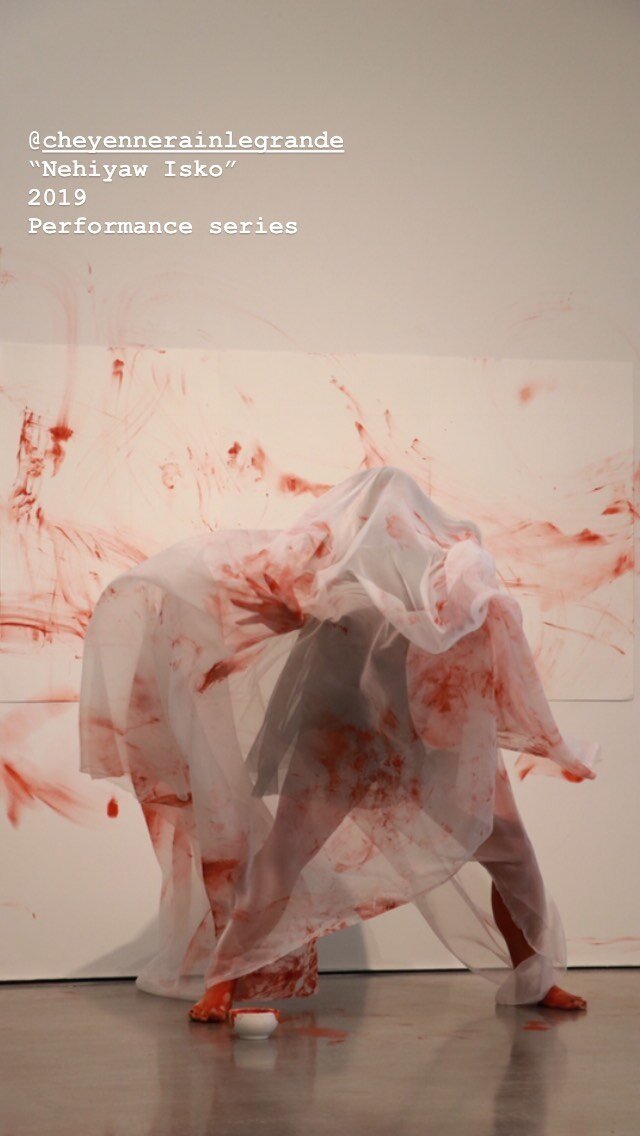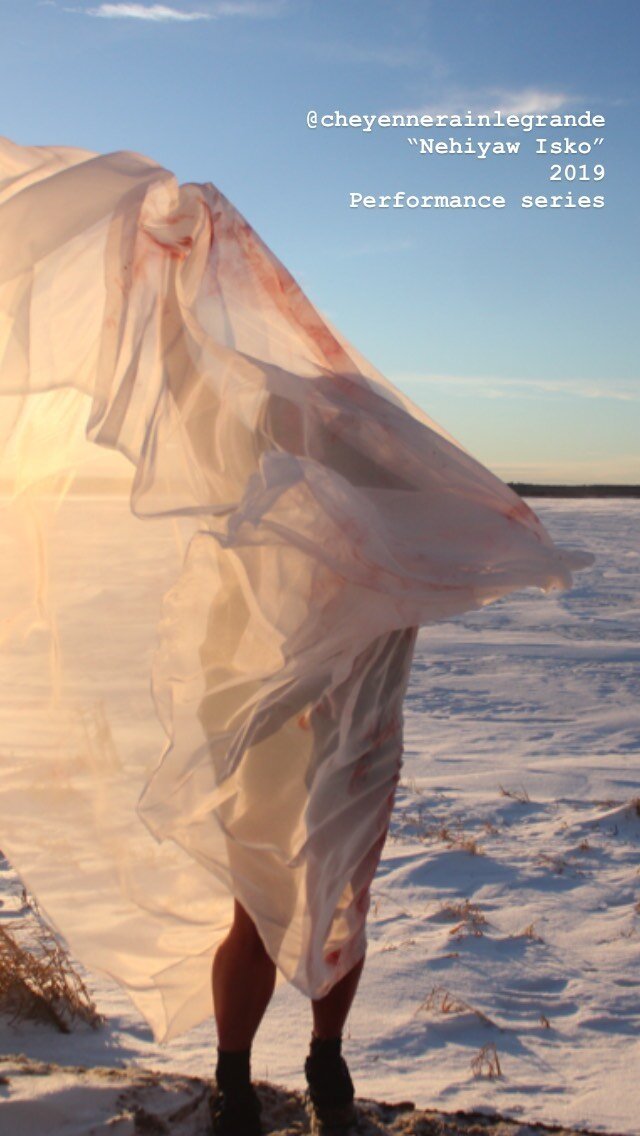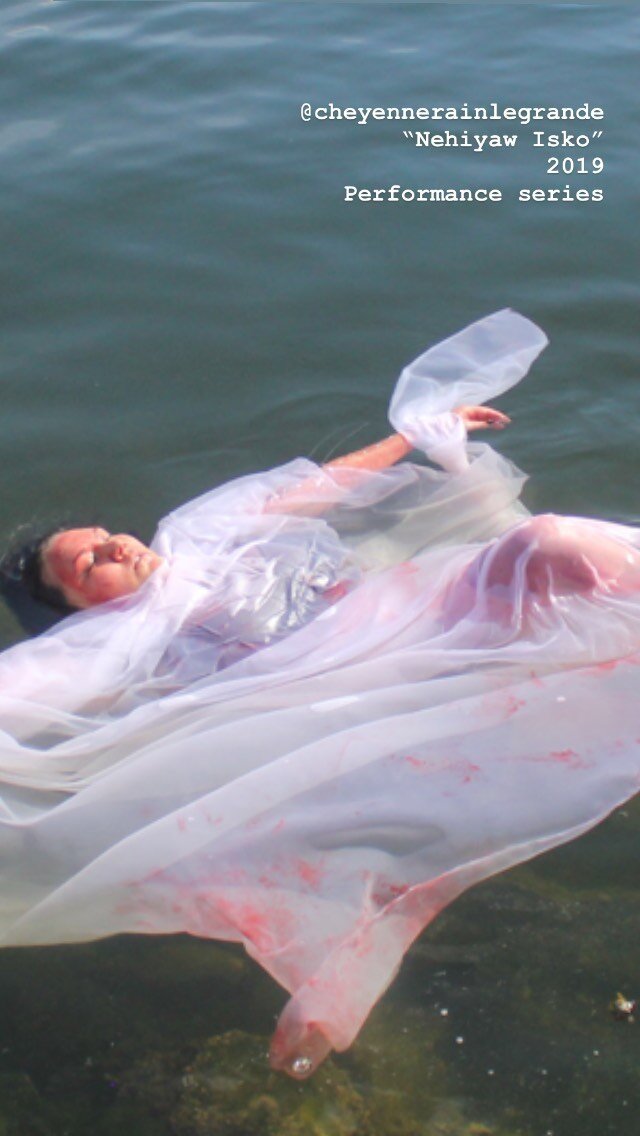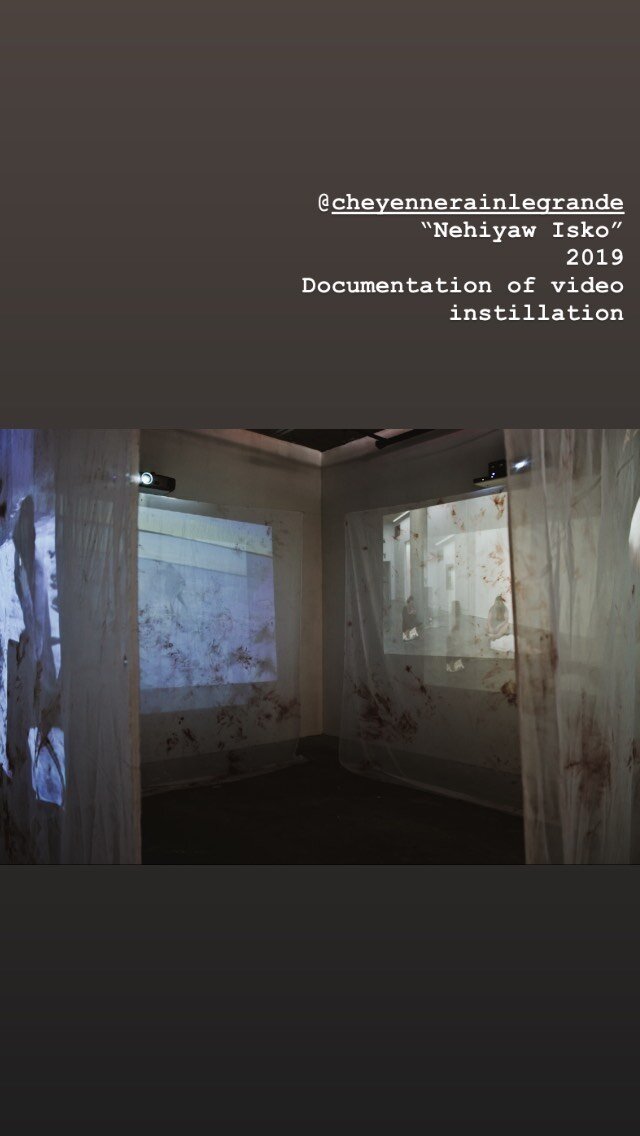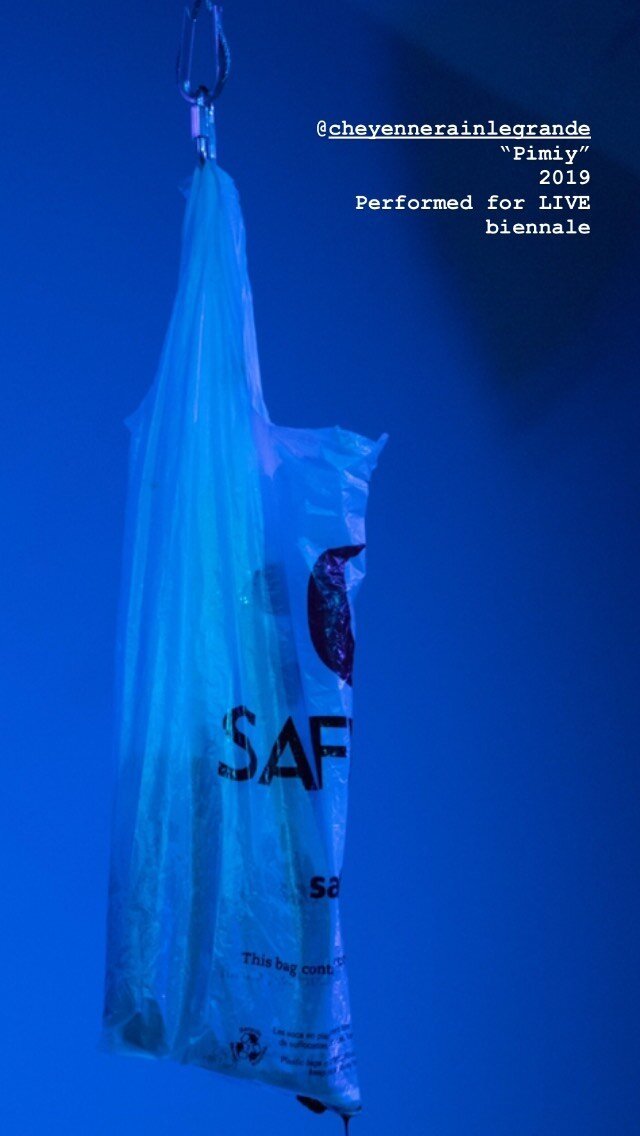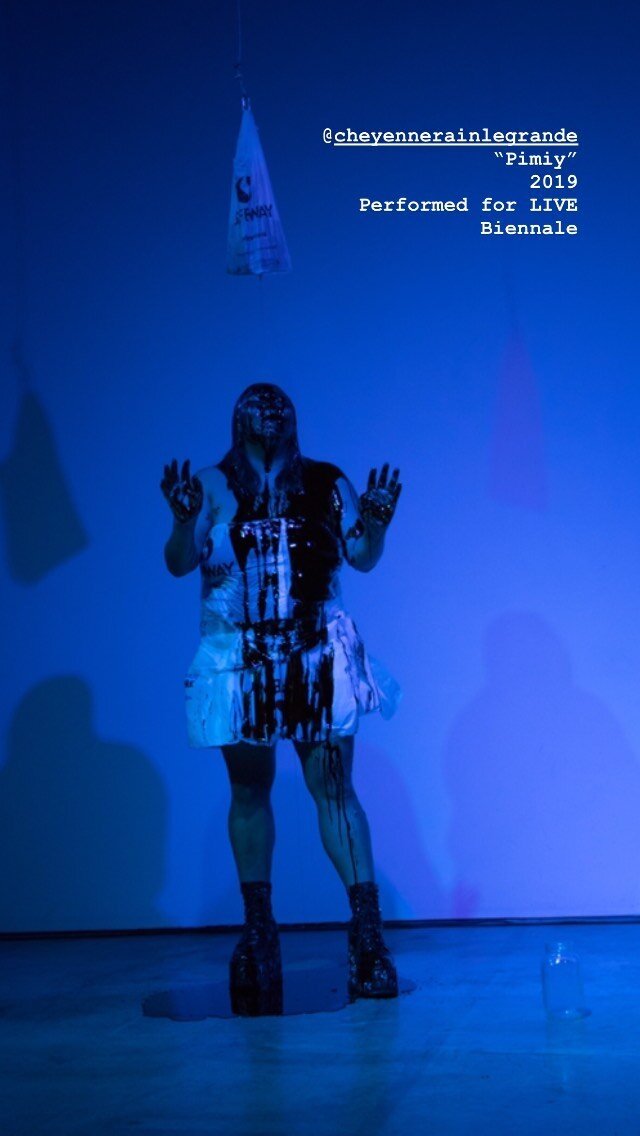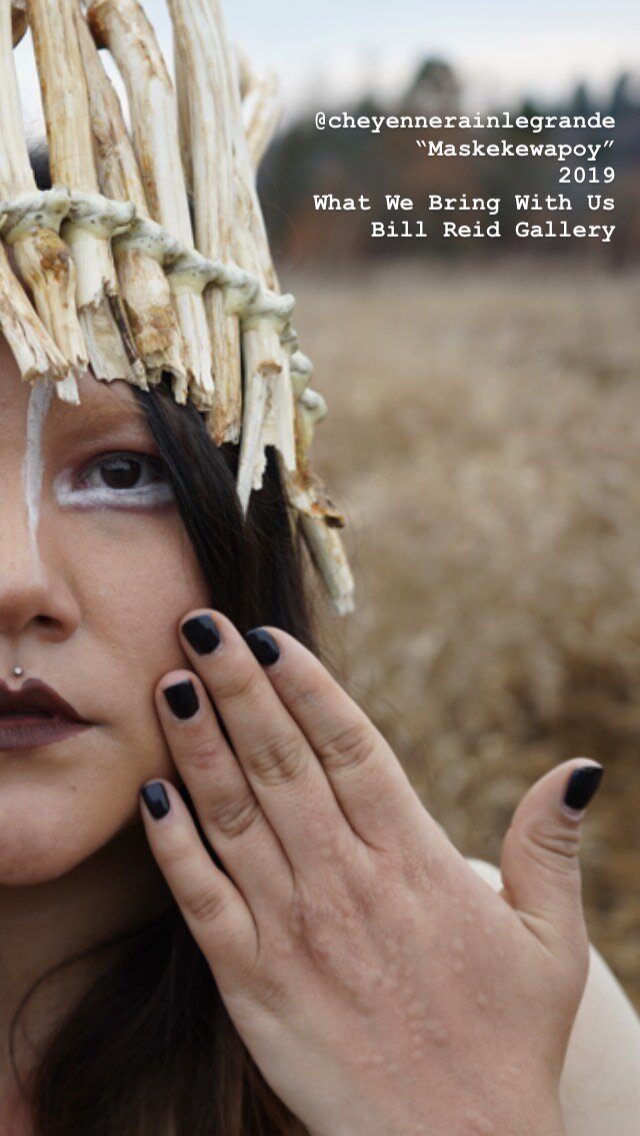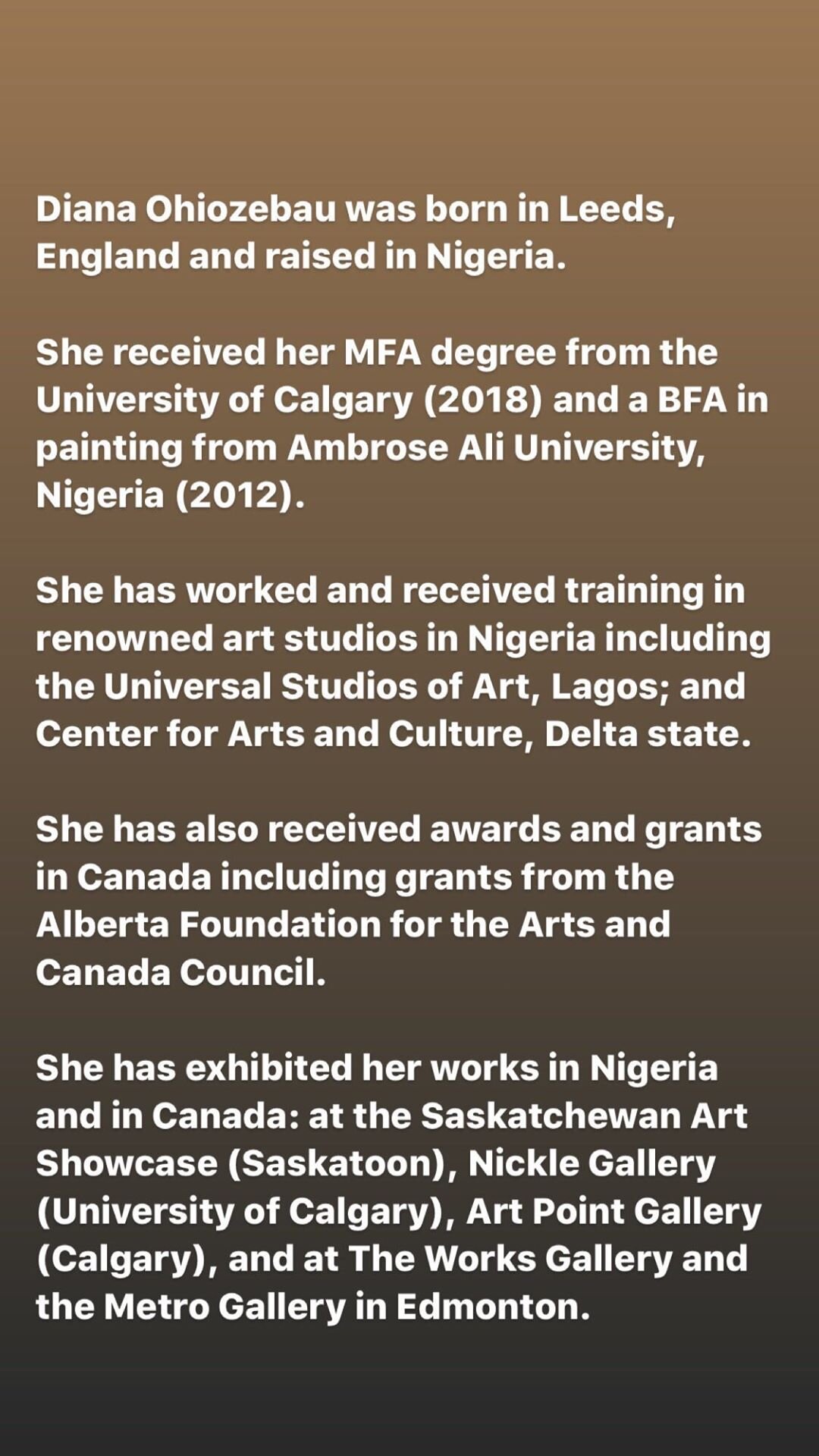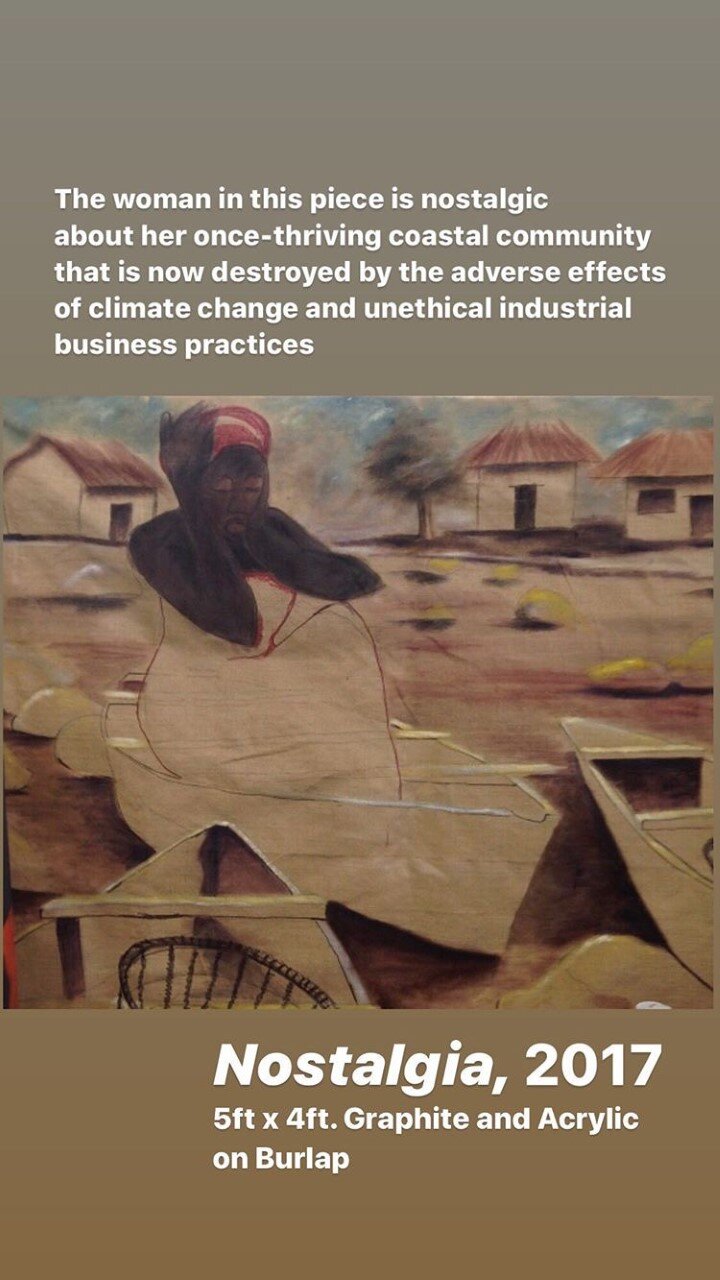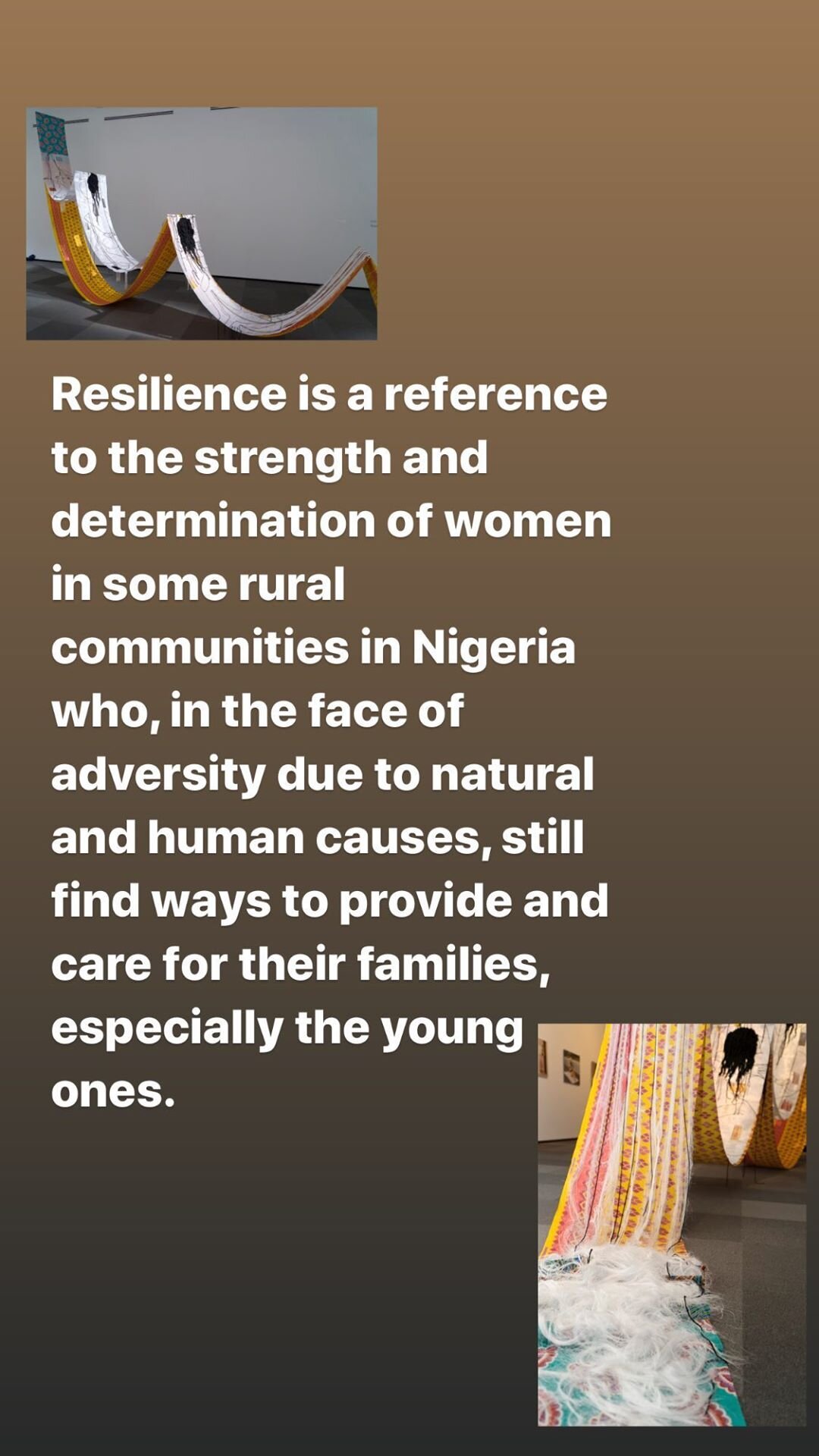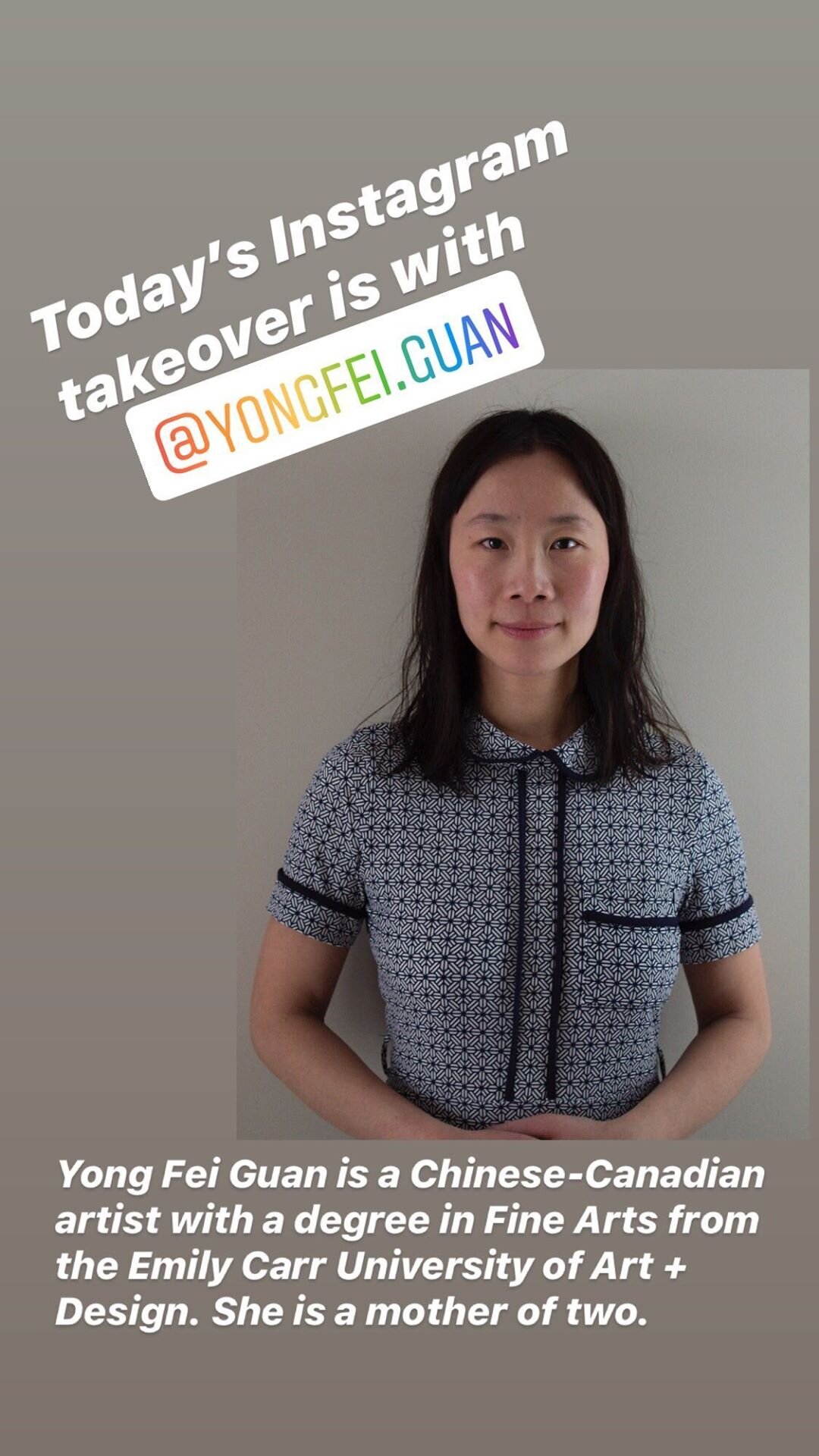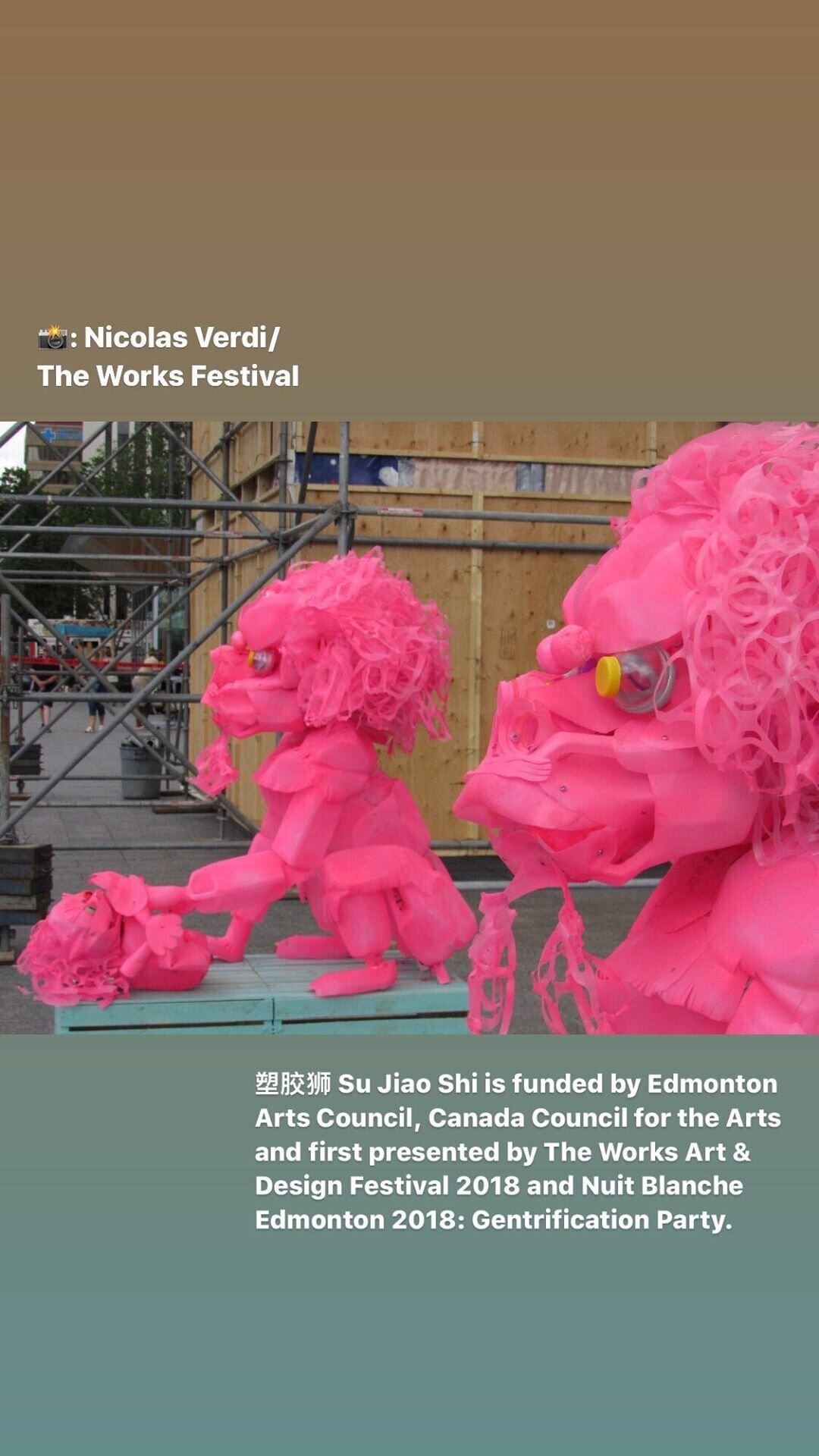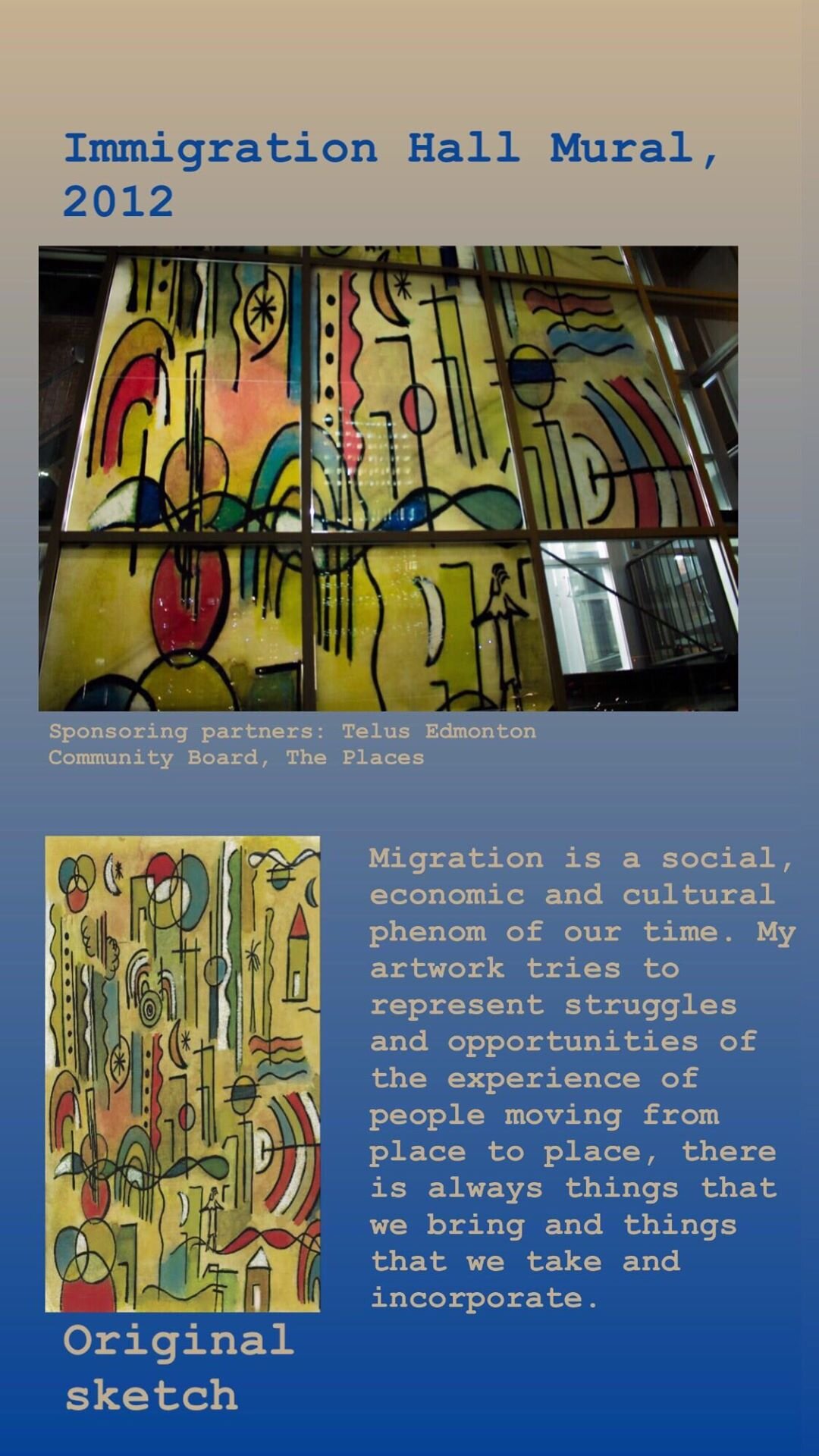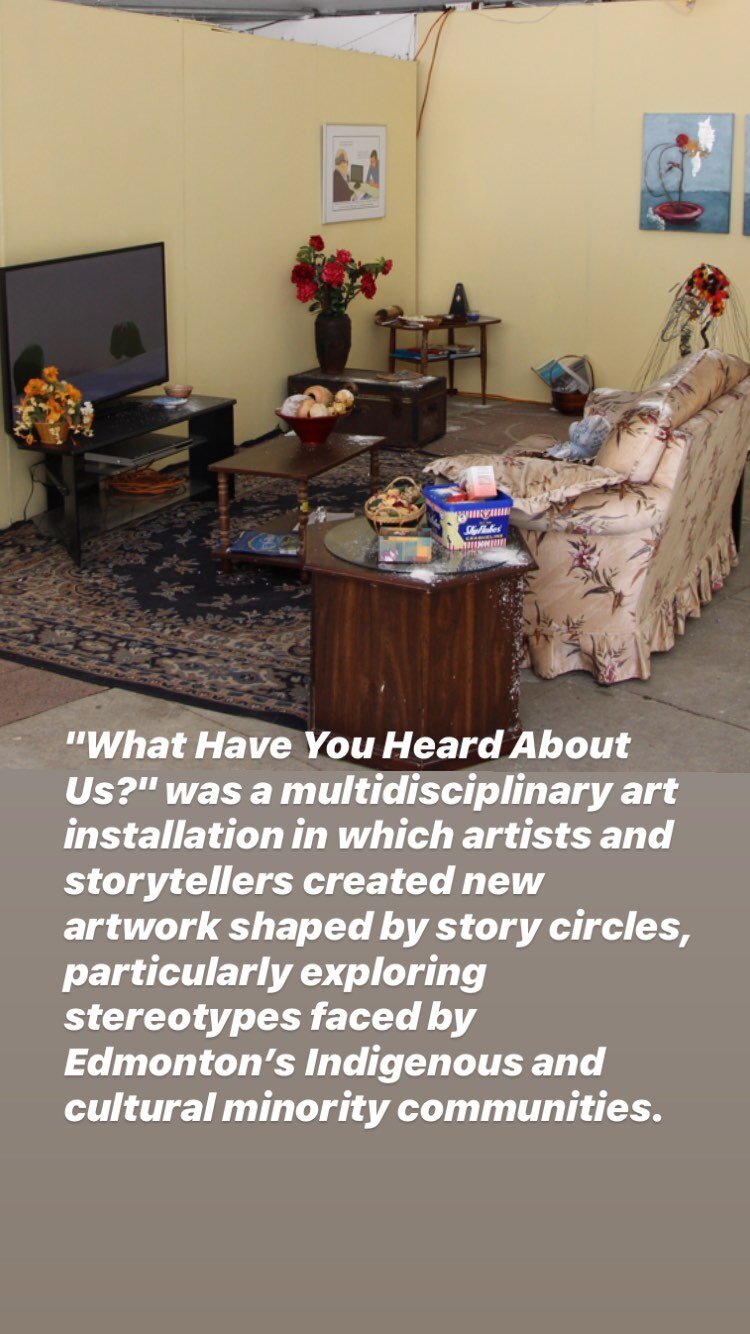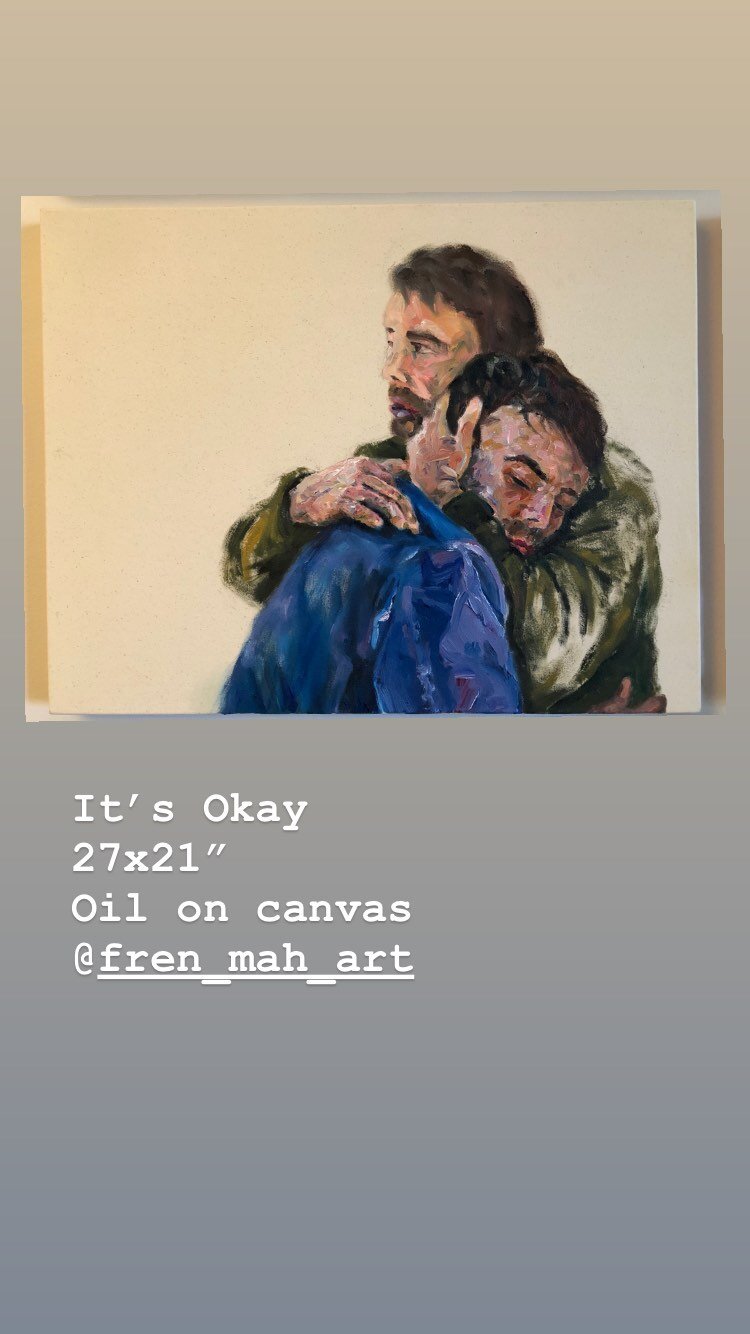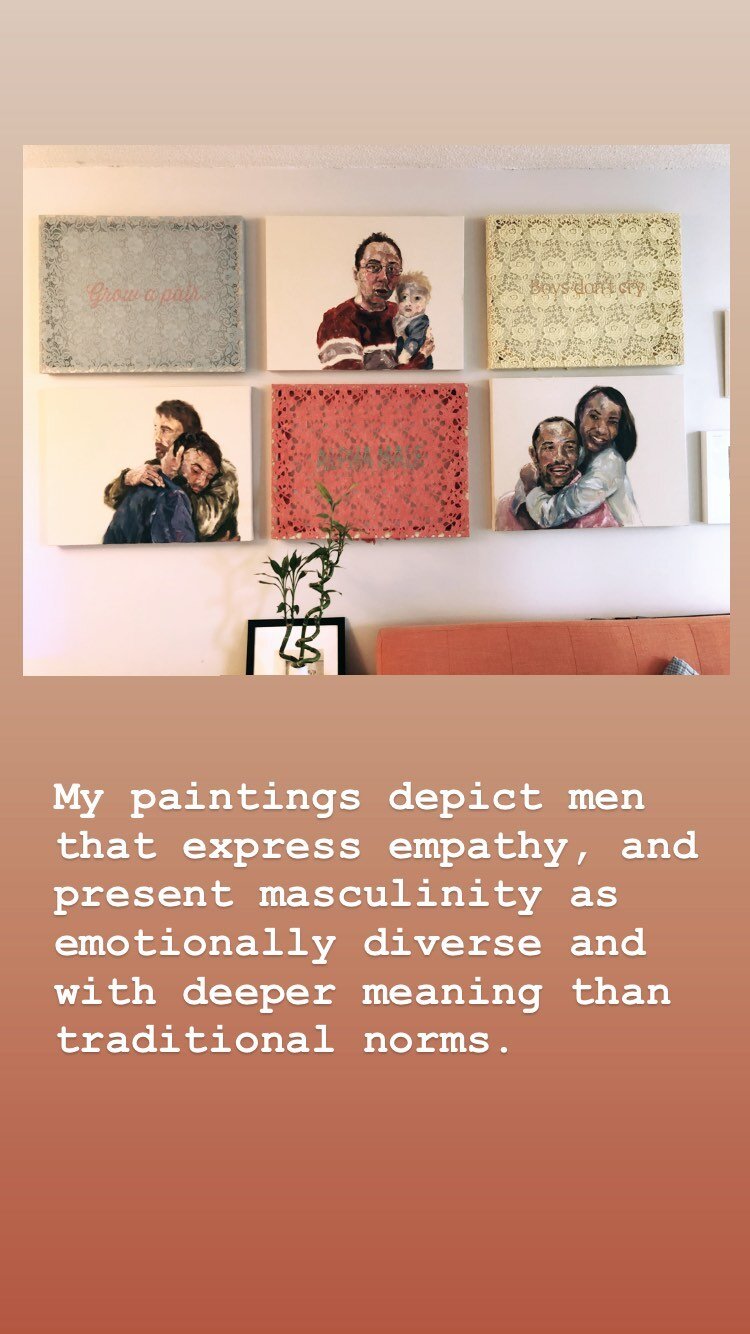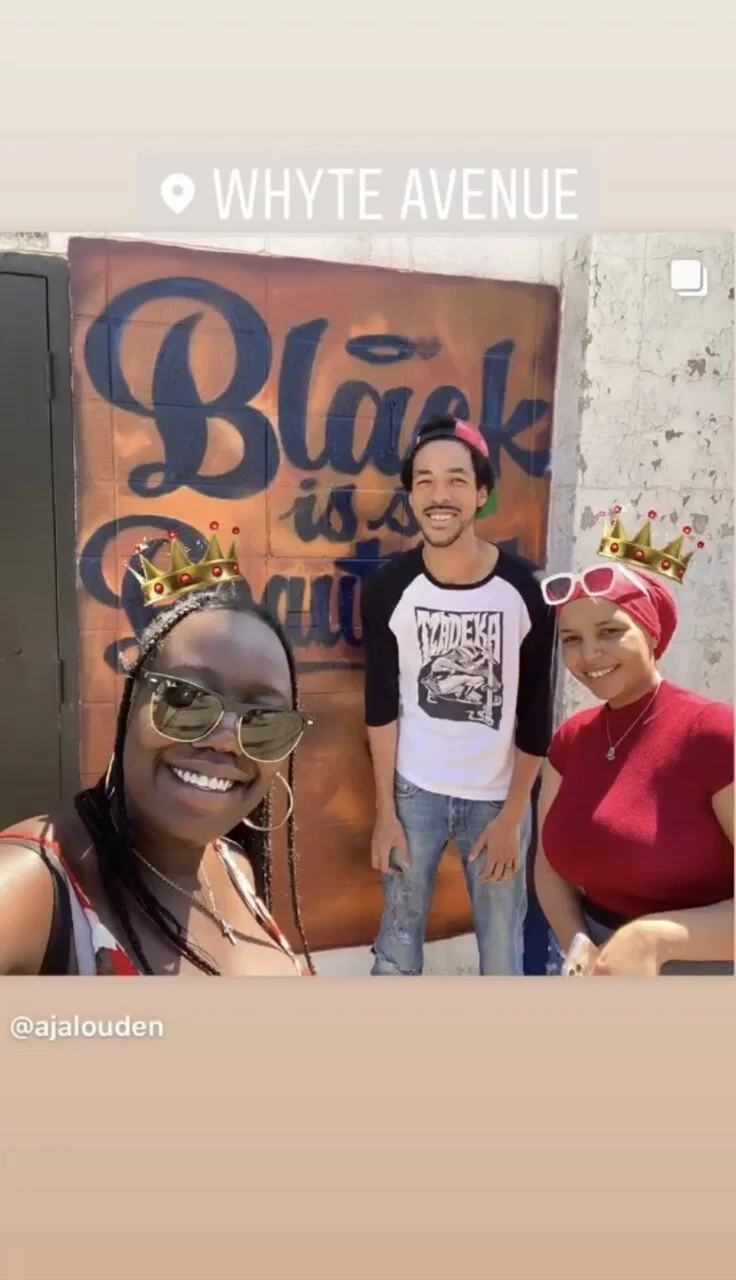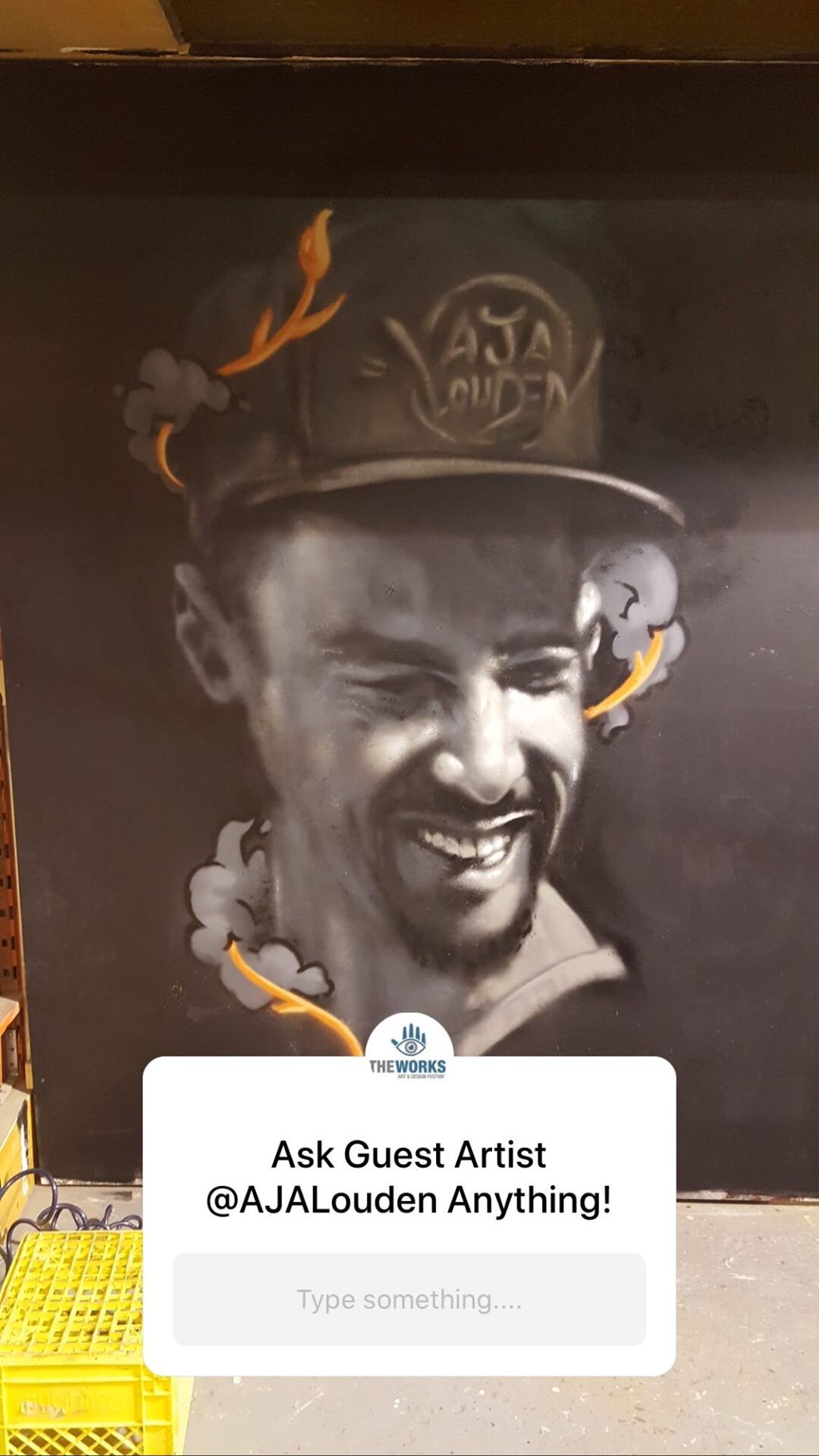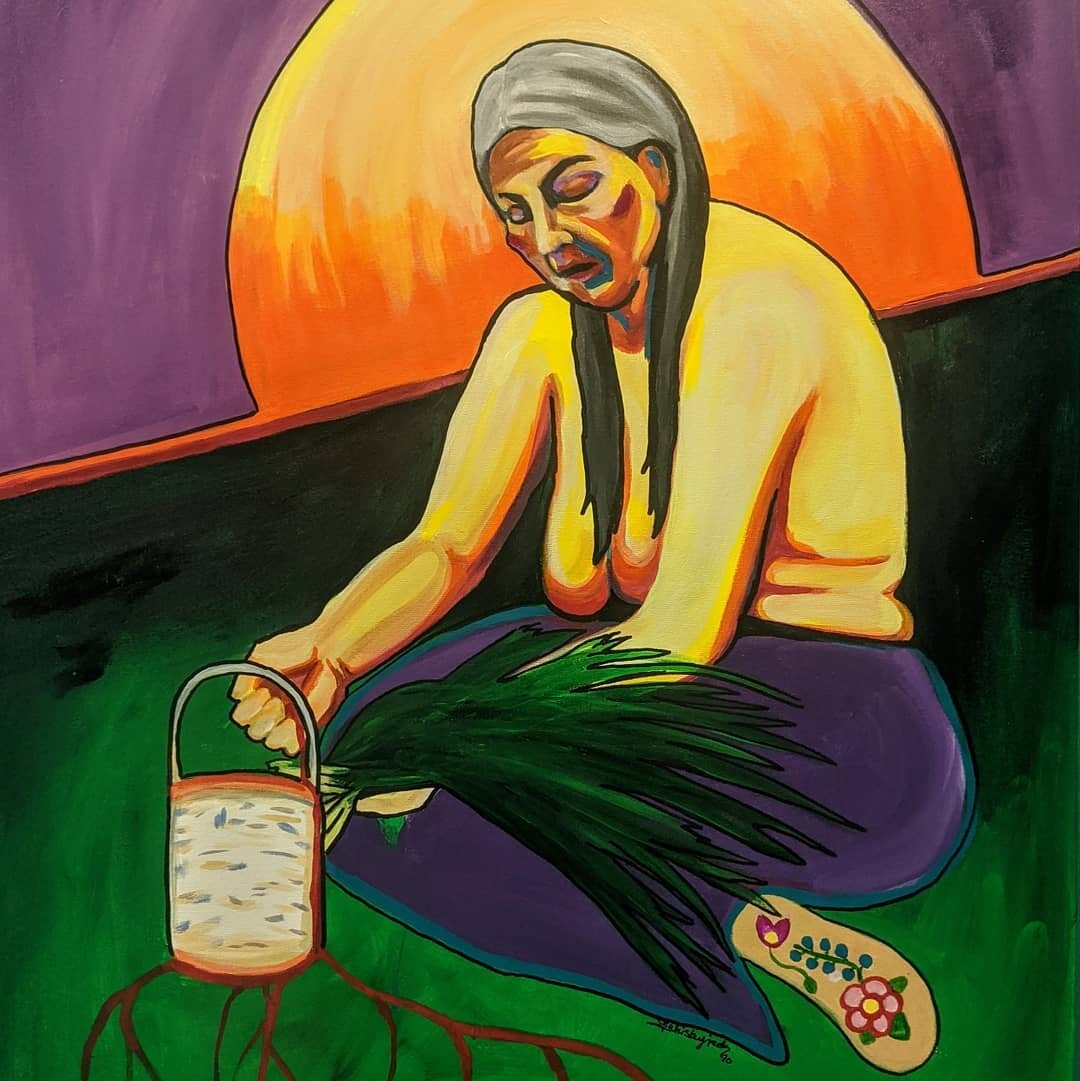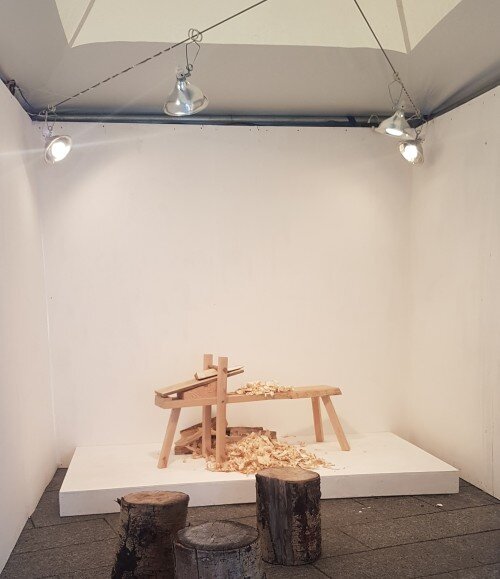In the face of the COVID-19 Pandemic and the cancellation of The Works Art & Design Festival in 2020, The Works invited past Festival artists to take over our Instagram (@theworksfest). From June 19 to 30, these artists shared images and videos documenting their practices, workspaces and artistic reflections.
June 19: José Luis Torres (@torres_artista)
June 20: Arsan Buffin (@theblackearth)
My submission this year to various art exhibits was the idea of having attendees build the art. Which would’ve been done by puzzles! I produced a series of images that were shot specifically for puzzling. I thought it would be cool if festival goers could have a sit and spend some time putting together various 500-2000 pieces puzzles. So instead of just looking at the art, they can build them! Great idea right? Unfortunately due to a global pandemic it is delayed till next year. But the whole process was a great use of downtime to change up working with models to getting creative with objects. I ended up printing physical puzzles and on Instagram my messages blew up from beaders all over North America asking to purchase the Gathering of Nations puzzle. So it was awesome to send copies to places like Oklahoma and numerous places in California. I wanted to highlight the varying aspects of my creative life through these puzzles from board games, beading, to photos I had previously taken, to just nostalgic hobbies I once had. It was fun playing with Pogs and marbles again. It was also super rad to have people send me progress photos of them building the puzzles. Stay tuned next year for these puzzle exhibits!
Last year I hit up six Pow wow’s around Alberta and Saskatchewan with the intent to document what is known as the Pow wow trail experience. More so documenting the environment and the community instead of just focusing on the actual dancers... dancing. Here’s a collection of images from those gatherings. My goal is to produce a photo book, or perhaps just have it be an exhibit of it’s own, but super happy to share that journey with y’all.
Back in 2018 I watched the film, The Witch and couldn’t get my hands on a black goat so I just found a model to act as the goat and found some sheep. Fun story, I searched on Facebook for the word, Sheep and came across a horticulture group and got in touch with a sheep owner. A few days later I was at the location and we managed to snap this shot. The model, Samantha I’ve worked with for over a decade so we vibe well at this point. The sheep, however were not so cooperative. It’s funny because one I posted this on social media the owner shared the image but cropped out everything except the 3 sheep on the left lol. She really does care for her flock. Photographing with animals... always a challenge.
Last year, around March I learned how to make brick stitch earrings. It was not a gentle process and required many many mistakes. But it added a new output for myself to create, which has been a great journey ever since. Once I learned how to do the process I experimented and tried many things. Like for fringe earrings I dipped the tips in black sealing wax, you can see the pair in this slide show. I think I’ve produced over 20 pairs by now having each set take from 4-14 hours to assemble and I’ve been fortunate to have each pair called for before I’m even done! Last year I got to feature my earrings in a cross-over exhibit through the @acuarts (Alberta Council for the Ukrainian Arts) which was super cool. They showed the parallels and dynamic differences between Indigenous and Ukrainian beadwork. I still have a ton to learn about beadwork, as I’m currently learning hoop-style earring and eventually I’d like to tap into my Métis heritage and do some Métis beading too! Thanks for reading about my beading adventures!
On the topic of beading here’s a few examples of how you can totally just switch things up. For these 3 pieces I experimented in different ways. For one pair I splattered red acrylic paint and sealed it with lacquer for a blood splatter effect. Another pair of fringe earrings I dipped the tips into black wax which I made from melting down black crayons and mixing it with hot glue sticks. Made for real cool looking ends. And lastly! I used buttons for the ends along with the 4 colors used in the point system from the fur trade. Also 13 strands to represent each province and territory with the individual buttons To represent the various Indigenous communities whom traded fur for buttons and beads among other things. As with any art form the only barriers are you imagination!
Back in the day I used to arrange annual group shoots featuring models I’ve worked with throughout the year. I’d like to highlight the time we rented @fortedmontonpark to do this side-show theme. I had been heavily influenced by the HBO series Carnivale. Some models drove over here from #yvr for this shoot. Yeah It was awesome and we got these once in a life time shots. Very proud of what we walked away with that day. Even got to use the Carousel for images!
Last post for the day. Thanks to the lovely folks here at The Works for allowing me to share my stories and art with y’all. It’s been super fun to reflect and revisit those experiences. And I thank you all for taking the time to check it all out. To leave you for the day here’s a portrait of myself and my 3 children. My ultimate inspiration to carry on, to grow, and to improve myself each and every day. Hiy hiy!
June 21: Emmanuel Osahor (@eosahor)
June 22: Gabriel Esteban Molina (@gabrielestebanmolina)
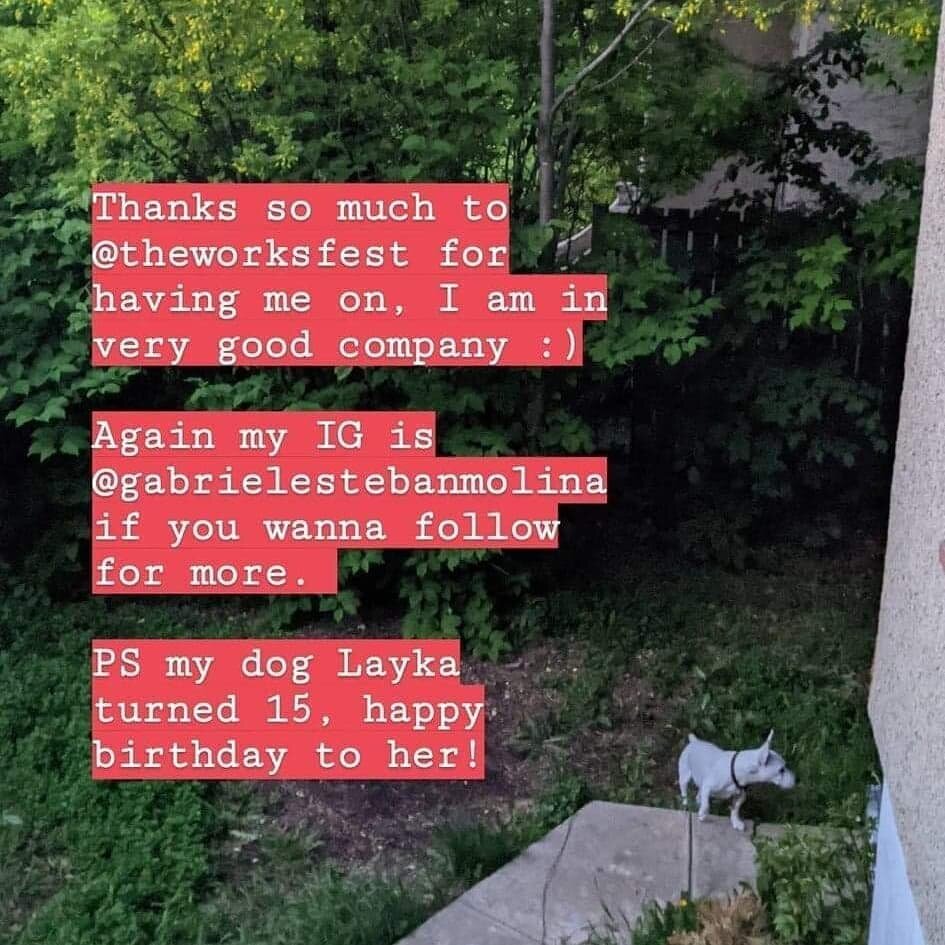
June 23: Cheyenne Rain LeGrande (@cheyennerainlegrande)
June 24: Diana Ohiozebau (@dianeohiozebaustudio)
June 25: Yong Fei Guan (@yongfei.guan)
June 26: Pedro Rodriguez De Los Santos (@pedro_canadasur)
June 27: Fren Mah (@fren_mah_art)
Welcome to my home studio! Crowded, isn’t it? I just find a space and set up some spot lights. Sometimes it can get too messy! 😂 When I need more equipment, such as presses for printmaking projects, I rent studios such as at SNAP.
Hey, I'm @fren_mah_art and I'm taking over The Works Instagram today! 😁 I’ll be posting IG stories throughout the day.
I'm an artist and designer who likes to create dialogue and questioning of contemporary societal subjects, including topics related to identity. I graduated from the U of A in 2015 and I currently enjoy working in painting, digital and printmaking. Community collaboration is sometimes an important part of my artistic discovery. I typically work figuratively, although I juxtapose non-representational elements or painterly abstractions into my artwork to convey the message. My artmaking process is an exercise in spontaneity and discovery. While I sometimes work with a predetermined narrative, I enjoy exploring the medium with a limitless sense of freedom.



Swipe for work in progress ➡️ Some of you might remember “Split Realities” from The Works in 2017. I created this oil painting to explore my identity as a person who identifies with both eastern and western cultures. Many first and second generation immigrants feel straddled between different worlds.
I want to share the work again to demonstrate the work in progress. I usually start planning with a willow charcoal sketch. Then I paint broad strokes of colour before I work on the small details. Painting broadly is important because it both saves time and ensures that your colours are harmonious within the entire painting.
June 28: AJA Louden (@ajalouden)
@AJALouden is a muralist, designer and educator working out of Treaty 6 territory in amiskwaciwaskahikan (Edmonton). Born to a family tree with roots split between Jamaica and Canada, Louden is a child of contrast. He grew up in a rural community near a big city, and alternated his time between skateboarding, drawing, and feeding goats and horses. Whether itʼs his bold, detailed freehand spray-painted portraits of figures as divergent as Jimi Hendrix and Richard Nixon, or his work using hand lettering, stylewriting and sign painting to celebrate the beauty of language and the written word, AJA uses painting as a lens through which he may see more clearly, and as a tool to help others be seen.
“For my show ‘Like Me’ last year I painted giant portraits of other local artists to celebrate the strong arts scene we have here. Here’s one of community organizer, emcee, poet, and artist of many mediums @KazMega emerging like a powerful genie from a cloud of smoke - shoutout the brother Kaz!”
“A public painting I made in Barcelona in November 2015. My wife Leah and I arrived in Spain from France. We left Paris a few hours before the attacks - mass shootings and bombings that left so much pain in their wake. Fear, then, was used as a weapon to coerce and control. Ideas of the ‘other’ were weaponized, values became clouded.
The Spanish-language text roughly translates to ‘Do not fear. We are all in this together’.”
June 29: Dawn Saunders Dahl (@prairiedawnsd)
Be sure to watch my intro video!! Good morning from the lands of the Stoney Nakoda, Blackfoot and TsuuT’ina, today know as Canmore and Banff, Alberta. My name is Dawn Saunders Dahl, my gifted Stoney Nakoda name is Âba Thâ Wîyâ, which translated means Dawn. My ancestry is Métis (Red River Ojibway) and European (English, Scottish, Irish, Norwegian, Swedish, French). I will be posting about my studio practice as well as my administration work PLUS introduce you to the artists that I work with @whytemuseum , at Galerie Cite @lacitefrancoyeg in Edmonton and as a board member @albertacraftcouncil
I am currently in my studio @prairiedawnsd which is part of @artistsofelkrun studios in Canmore. thanks to Amber and The Works for inviting me!
I was trained to paint portraits, I love to paint them - I have a lot in my studio! Here is a selection of portraits that were created either in oil or watercolour or clay. I attended Red Deer College and have two BFA degrees in Painting and Ceramics from University of the Arts (formerly ACAD) in Calgary. @artistsofelkrun
These are photos of projects and workshops I coordinated that took place over the last year @whytemuseum. In February @ajalouden was invited to create a temporary mural in collaboration with @townofcanmore @chinikicollege. In May, @heart_berry_by_sarah_howes delivered moccasin making workshops with @challytopping and inspired new business ideas with the Chiniki College students @lornarye thanks for allowing me in your class. Throughout the year, @lillianrose572 delivered basket making and inspiring eco-dying workshops. AND the @nakodaav filmed it all to create their own documentary about reconciliation in the Bow Valley and the museum. Join Whyte museum social media to learn about upcoming programs!
Galerie cite @lacitefrancoyeg I am honoured to have coordinated the First Meetings project where we re-created first meetings between Alberta’s First Nations people and the French Voyageurs along the setting of Edmonton’s River Valley. The idea was inspired by a post from @aaronpaquette !! Many ideas and artworks of the “First Meeting” have been portrayed in history as negative, scary and shown in an idealized, romantic light. We created an environment that is closer to the true history of the first meetings, where First Nations peoples are portrayed as healthy, kind and helpful people who shared their resources with men who had been travelling for months and in most cases were starving. Many thanks to Elders Jo-Ann and Jerry Saddleback for their continued guidance❤️🎉 and their participation in the bow making workshops! Join our Facebook page to see more images of the exhibit!
@prairiedawnsd @lacitefrancoyeg @aaronpaquette @frederickchristine @cournoyerdaniel @lanawhiskeyjack @belcourtmoses
Check out the Videos https://voicesofamiskwaciy.ca/digital-heritage/first-meetings-project-photograph-exhibit
Richard Gustavsen https://vimeo.com/user64255982
Galerie Cite has has an ongoing partnership with @rubabooartsfest @frederickchristine where we have exhibited local Indigenous artworks including last year with the @nakodaav — the last few images are from Nakoda AV club members @rez.tatt00 and @solomanchiniquay Stay tuned for future exhibits at #galeriecite @lacitefrancoyeg
I have posted a short film I started in 2015 and with Christopher White’s assistance I was able to finish last year for a Metis exhibit at Lougheed House. I travelled between Edmonton and Ste. Agathe, filming with both my Ipad and super eight film. I have also included Polaroids and photos taken from@the same time period.
The Metis connection was unknown to my family until I was able to be able to research. So far I have found nine Metis scripts Ojibway/Saulteaux/Chippwa listed next to great-great and great great great grandmothers names (not just the word Indian). In my heart, I always knew that I had Indigenous ancestry and that it is a part of why I have been called to do the work I do (in arts admin). I continue to find out more about the name I was born with (Grouette) and find ways to embrace a name I have tried so hard to distance myself from. I do plan to incorporate my research into future artworks.
At the Metis Nation of Alberta and Winnipeg archives, I found a number of Metis scrips, books and articles about the Grouette name. I travelled a few times to Winnipeg, Ste. Agathe and Ste. Anne to find out more about the history of Point a Grouette (now known as Ste. Agathe, Manitoba) and the people. I plan to continue to return, to find relatives and understand more about my family, as I am still learning. My ancestry on this side of my family connects me to Marie-Anne Gaboury (my great, great, great, grandmother – the only street named after her is in front of La Cite Francophone in Edmonton. She is also Louis Riel’s grandmother, which makes Louis Riel my 1st cousin 4x removed). It is an incredible history that I am eager to find out more about Ste. Agathe (formerly Point a Grouette) and my families’ history there. The last two images are from the first meeting project, which I will talk about later today!
Thanks – Caroline Lowean at Lougheeed House and Christopher White Promethean Services @lougheedhouse
Aki(iin) is an Ojibwa word for earth, land, soil, and place. When I discovered my family’s ‘hidden’ Metis (Red River Ojibway) identity, my practice shifted to explore the Land and connections between Community, Blood Memory and Ghosts. I never thought that I would want to paint landscapes. Most of these are based on photos I have taken while travelling. My interest gravitates to watercolors when painting the prairie sky, land and mountains. I started my first abstracted landscapes in 2013 and continue to paint this diverse landscape, continually thinking about the importance of Indigenous place names.
Support Indigenous artists @albertacraftcouncil - and there’s more to see this year! I sit in the ACC board and I encourage you to check out the Indigenous artists in gift shop, exhibits and read the articles in the quarterly magazine such as:
—Meet the Makers in the Alberta Craft magazine Winter 2020 issue!
—Making a Career in Craft, Feature Exhibition was in the Edmonton gallery and is heading to Calgary for the fall
—Re:Consider Craft and Sustainability Feature exhibition
—Cultivate Instigate. Feature exhibition on post secondary Craft instructors in Alberta from AUARTS, Red Deer College, and Portage College Native Arts Program with Ruby Sweetman and Trudie Allen. Exhibit was in Edmonton & Calgary.
For anyone interested in applying to the shop they can reach out to us through shop@albertacraft.ab.ca and connect with Rael.
Edmonton 10186-106 street / Calgary 1721-29Ave SW
@albertacraftcouncil @plains_cree_silversmith @belcourtmoses
Includes "St. Agathe to Edmonton" by Dawn Saunders Dahl
June 30: Lana Whiskeyjack (@lanawhiskeyjack)
You could visit these colourful paintings at #câhcacêpart&teahouse till mid August, please call them first to visit.
1. "Opakahamâw" (one who beats the drum) 2020
2. "Nimiyêyaniy miyotêh kapîkskwan nimitêh" (speaking from my heart to my tongue) 2020
3. Nôhawasiw (she breastfeeds) 2020
4. "Mostâpêkasêpiw maskîkiy" (she's nude medicine lodge) 2020
5. "Iskwesis teaching lodge" 2020
6. "Peminihkwê maskikiwapoy" (come drink tea) 2020
7. "Mihkokamik" (blood lodge), 2020
Âyihay mistahi for hanging out with me today! Much gratitude to The Works team for bringing these beautiful diverse voices today.
I end today's take over with a request to help find my beaded medicine " three generations of nitêh (my heart) connections." That was stolen from Ociciwan indigenous art center.
Many blessings to you all to stay safe and healthy!
Keep in touch
Part of my 13 moons series which you can visit at #câhcâhcep #oilpaintings
Ihkopiwi-pisîm (frost moon aka November) 2020
A time when bears prepare to go into hibernation and we nêhiyawak prepare for storytelling time.
Mikisew-pisîm (bald eagle moon aka February) 2020
A time when the beautiful white blanket covers the earth and we take the time to beautify our clothing, home and household items with paint, beads, quills or whatever we can create beauty with. The bald eagles are the first to return to find a mate with eleborate mating rituals. This painting is about the beauty of our womanhood and appreciating our sensuality.
Sâkipakâwi-pisîm (leaf budding moon aka May) 2020
This is the time when our Kona (snow) melts, well in Alberta the Kona like to surprise us sometimes even into June! The bright newborn greens show themselves, the woodpeckers return letting us know the birch water runs, such powerful medicine. Traditional we have diverse genders, iyihkwew is one of the 8 genders we had. They were the ones with wombs who chose not to have children, share male energy and would be taught the way of the warrior. The first law of our warriors was peace.
#13moons #nehiyaw #creeways
I honour all our relatives who are our greatest teachers #pridemonth #pride #twospirit #LGBTTQQIAAP
Largest painting within the shortest amount of time I did for #theworksartanddesignfestival #2017
